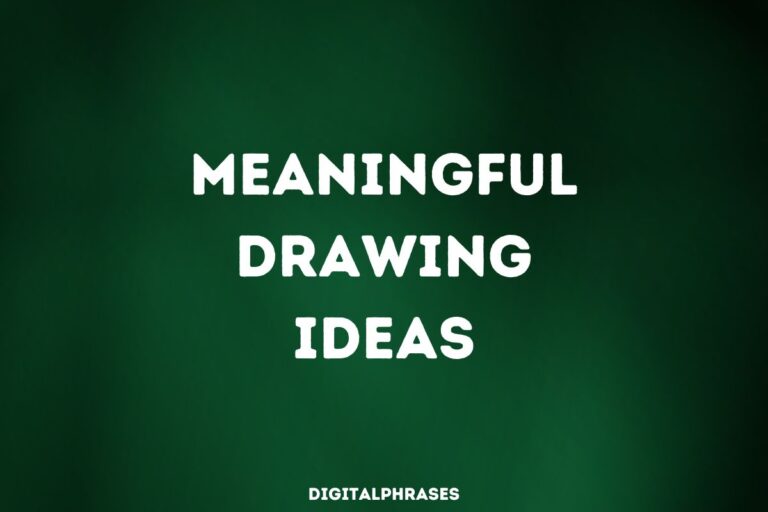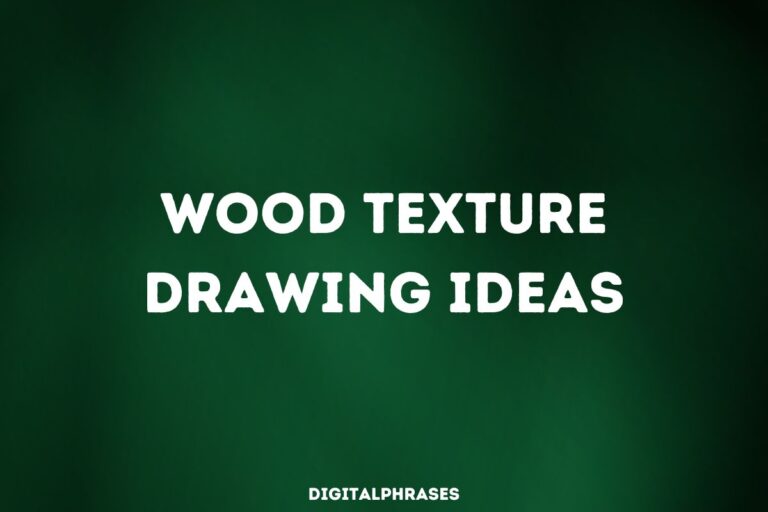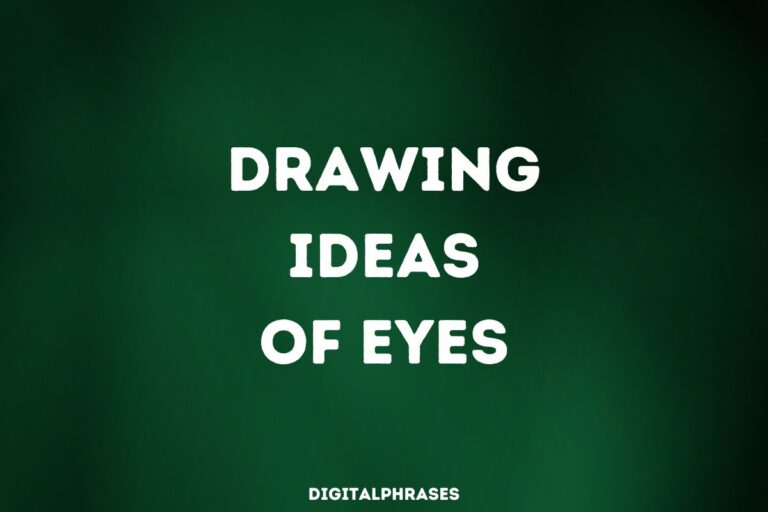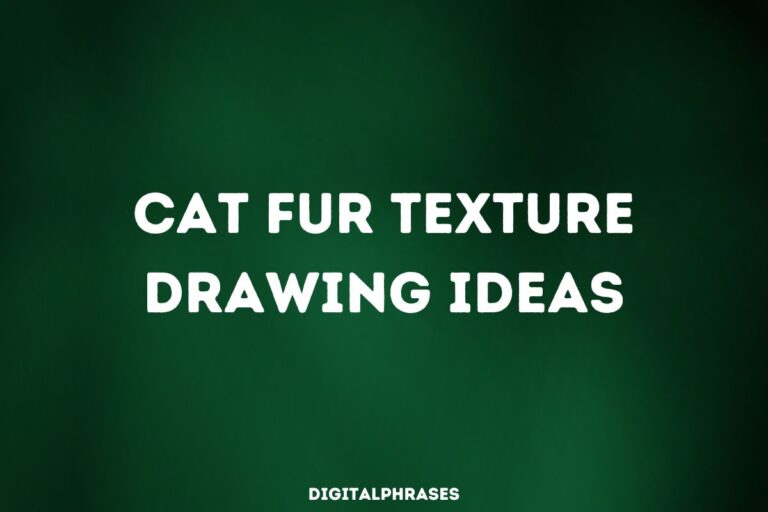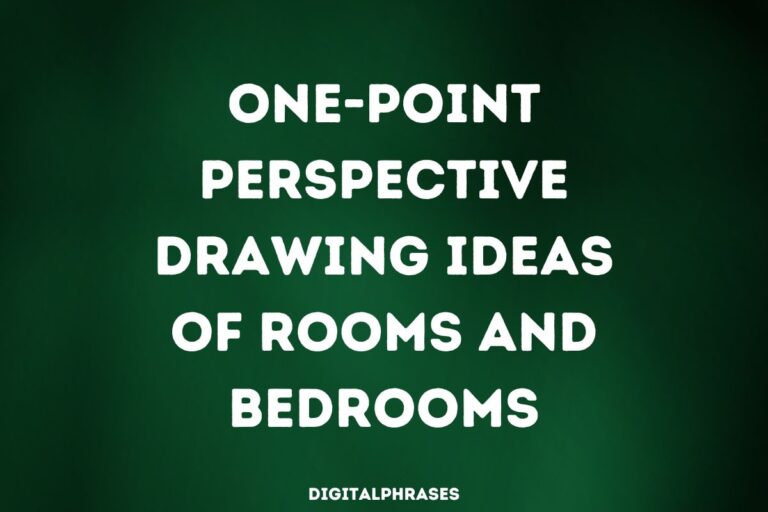40 Wedding Dress Drawing Ideas
When I was eight, I drew my first wedding dress. It was a masterpiece: a hot pink, floor-length gown with puffy sleeves the size of beach balls and a train that doubled as a parachute.
Oh, and glitter—lots of glitter.
I was certain it was going to be the dress for my future big day. Fast forward to now, and while my taste has evolved (I think), I still find myself doodling wedding dresses—minus the glitter.
Whether you’re planning a wedding, daydreaming about one, or just need some inspiration for your sketchbook, I’ve got some wedding dress drawing ideas for you that’ll have you rethinking your own childhood creations.
Don’t worry, I’ll try to keep the glitter to a minimum this time… but no promises.
Let’s dive in!
“Woman in a Wedding Dress” Drawing Ideas
1

2
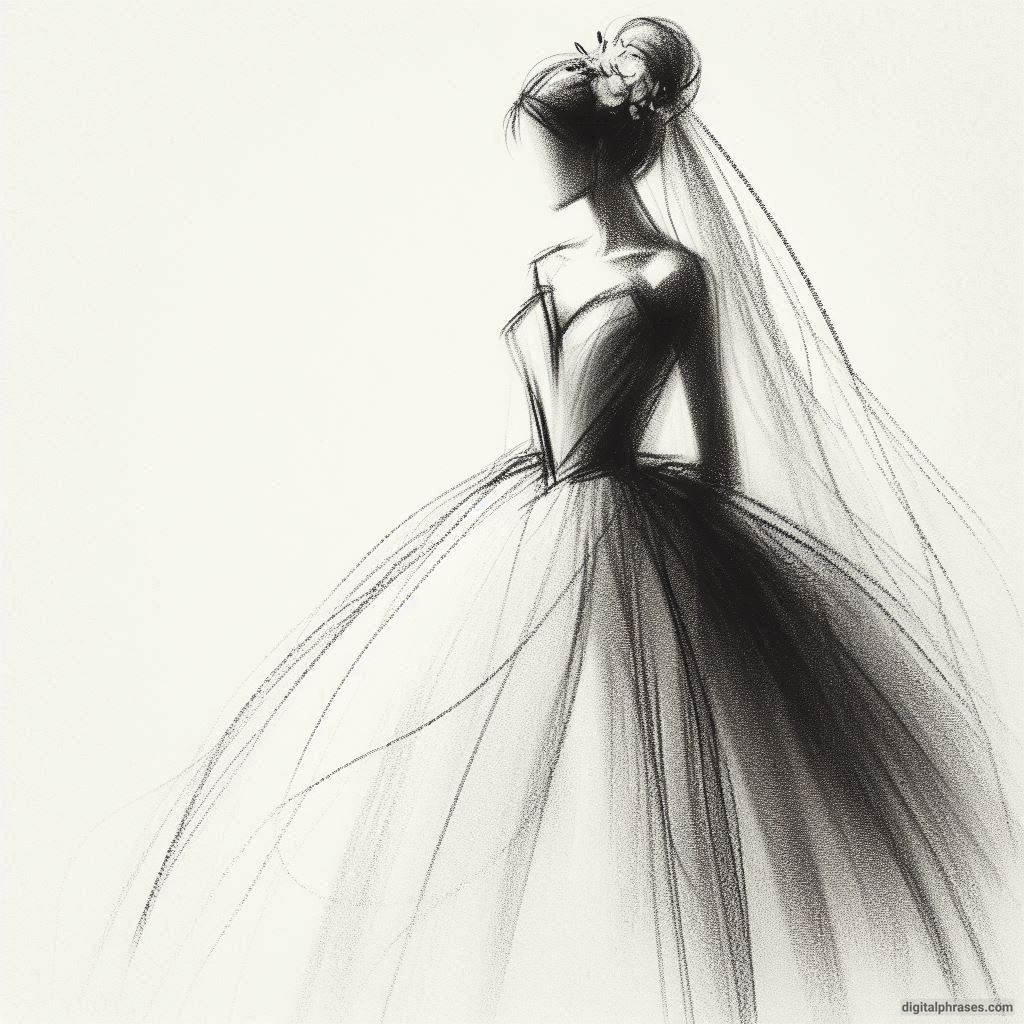
3

4
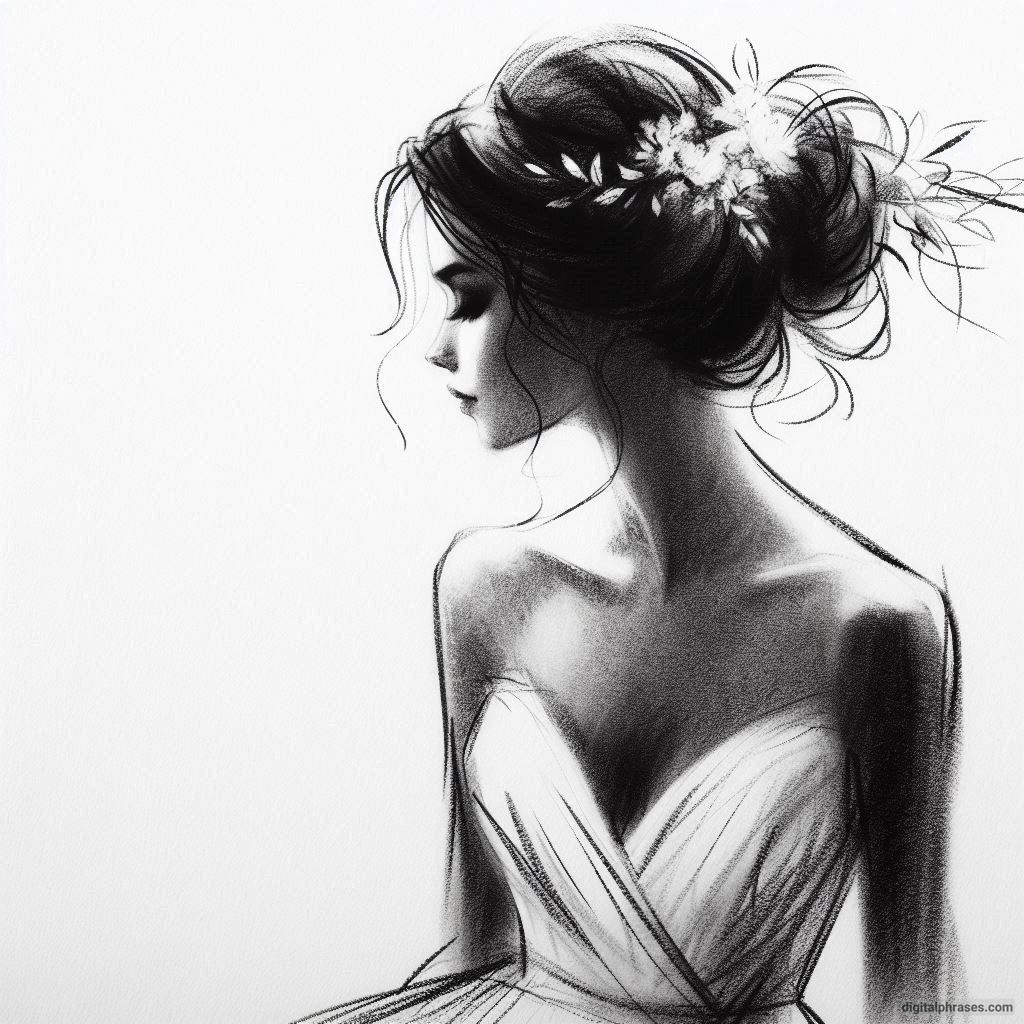
5
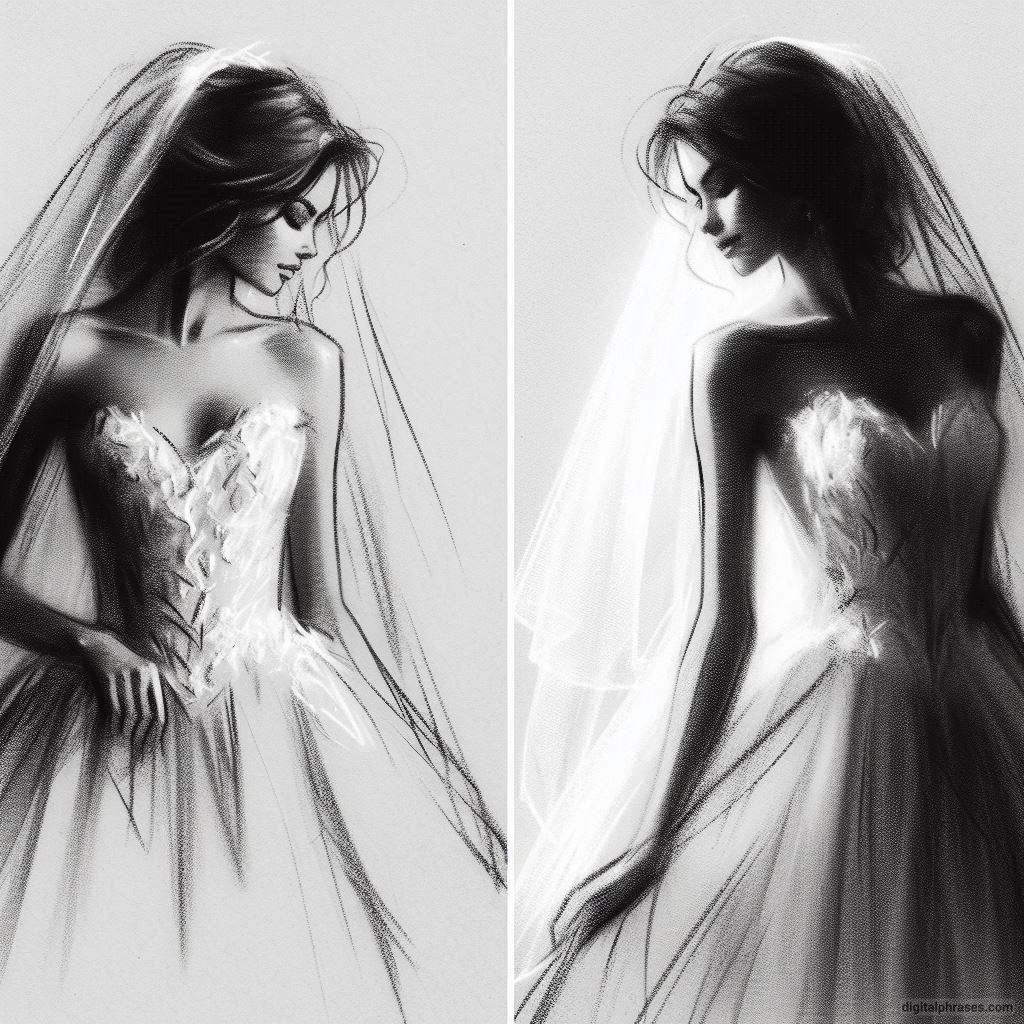
6
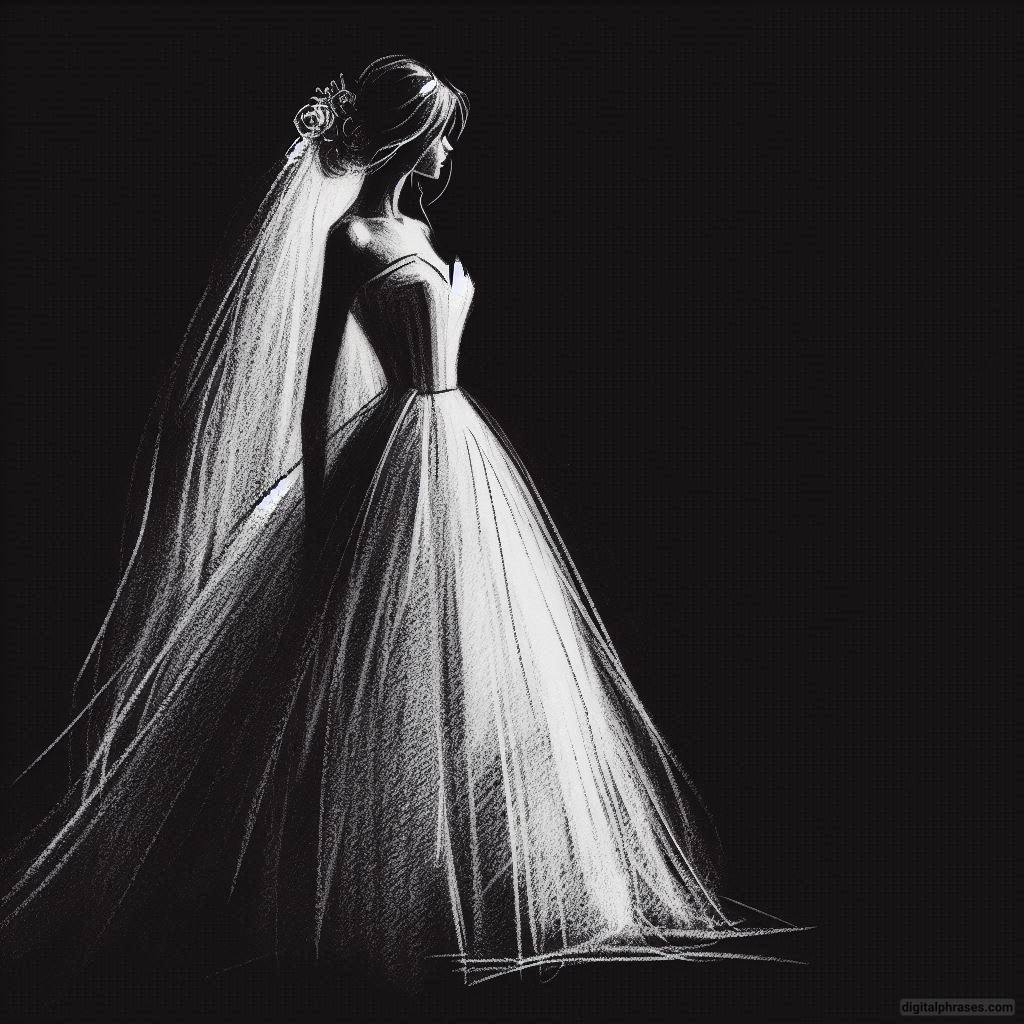
7
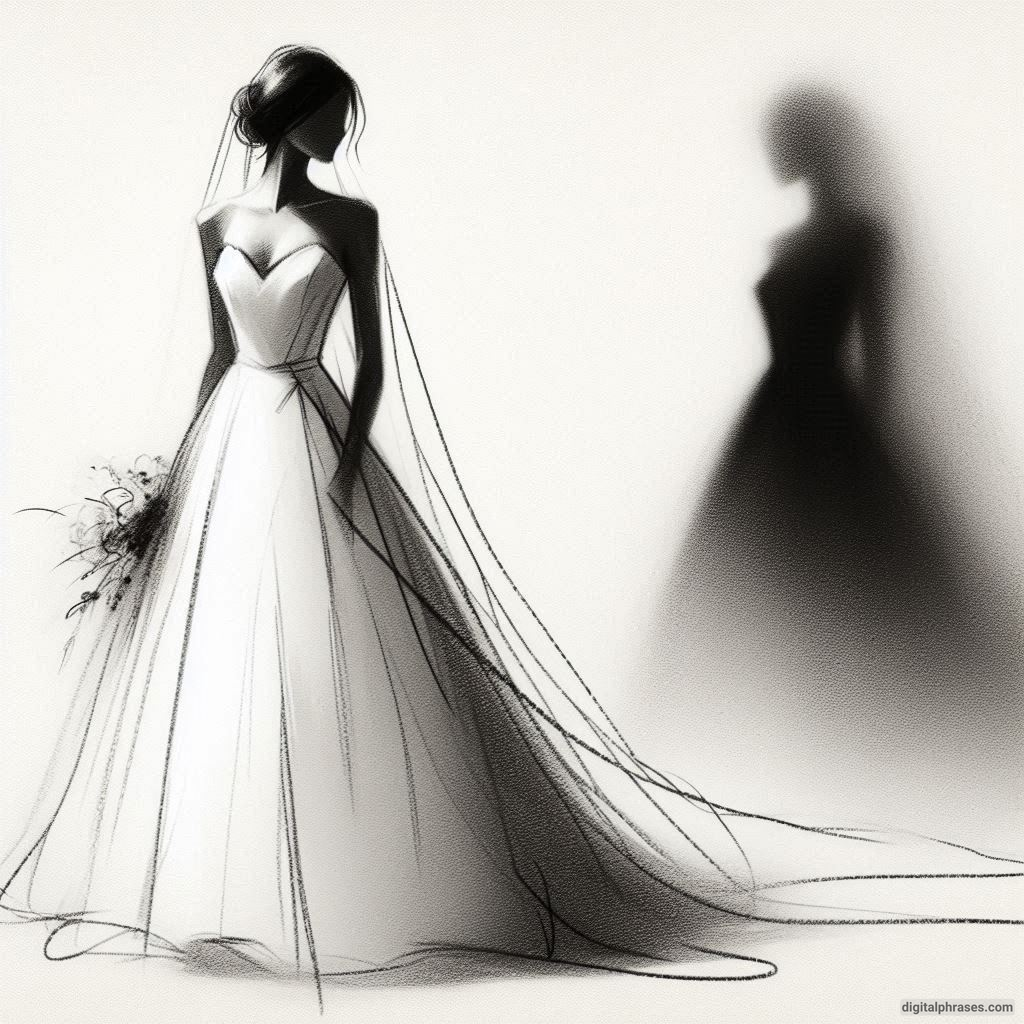
8
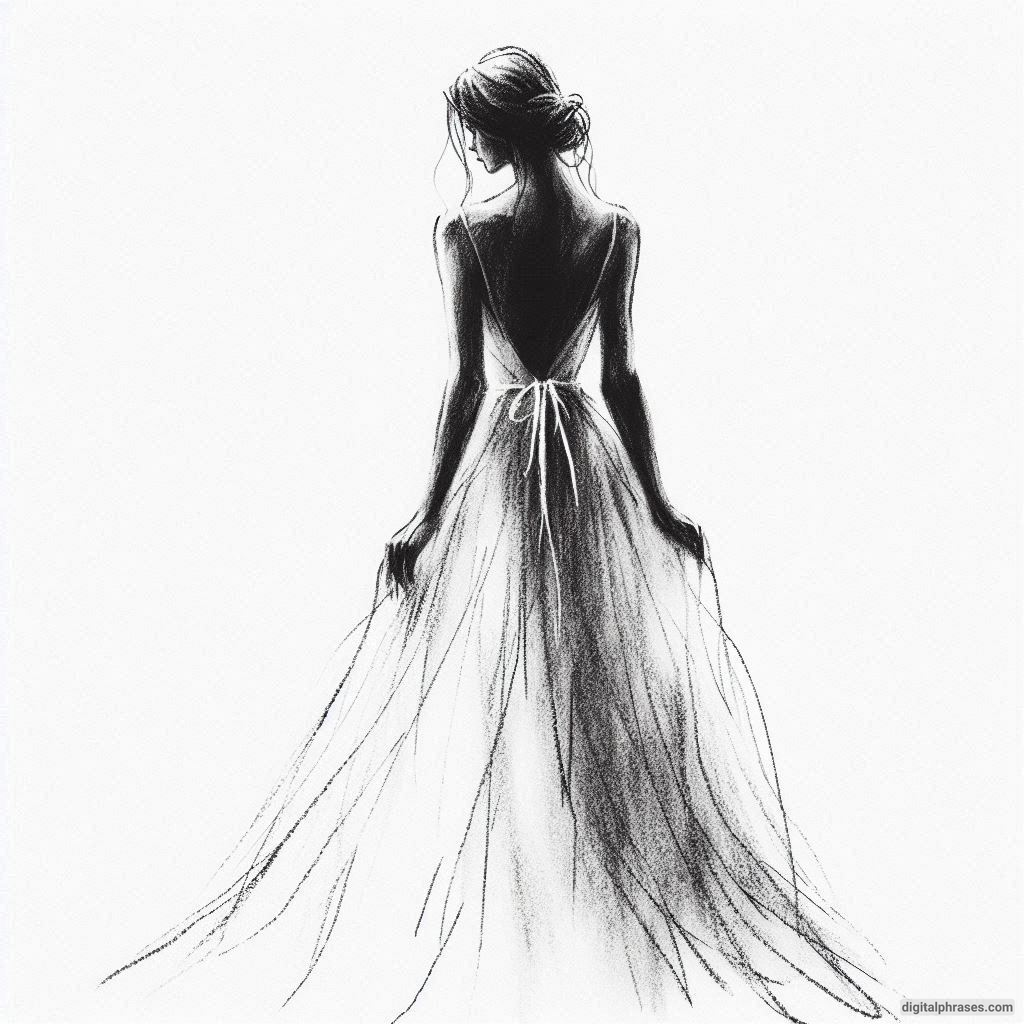
9
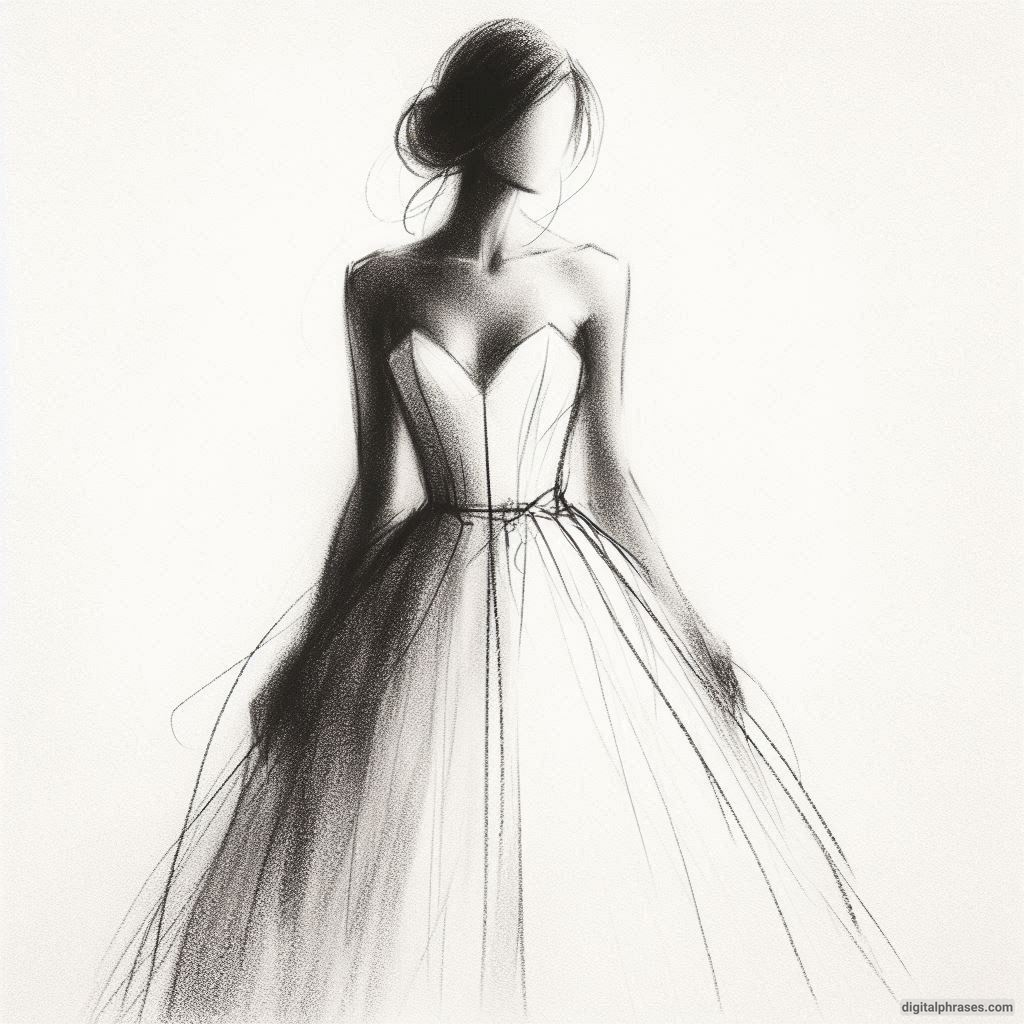
10

Ball Gown Wedding Dress Drawing Ideas
1
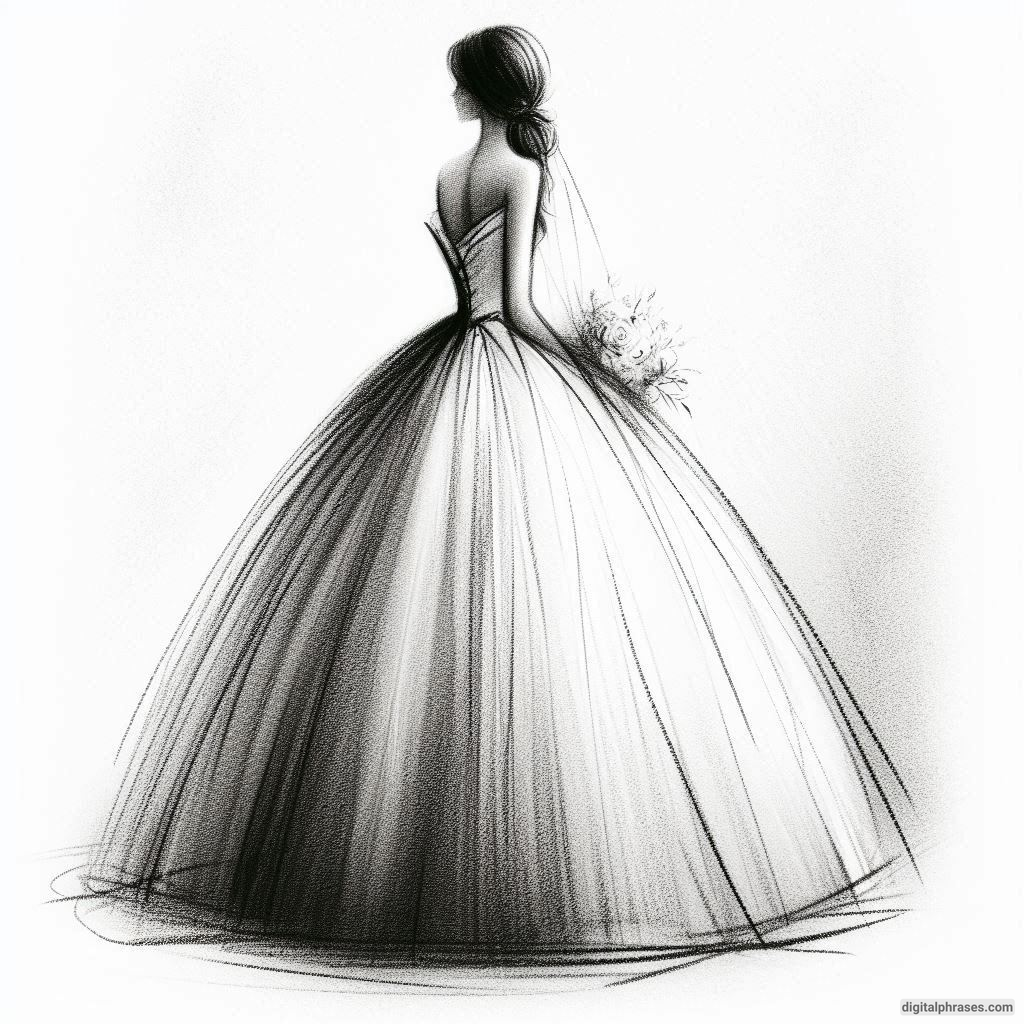
2
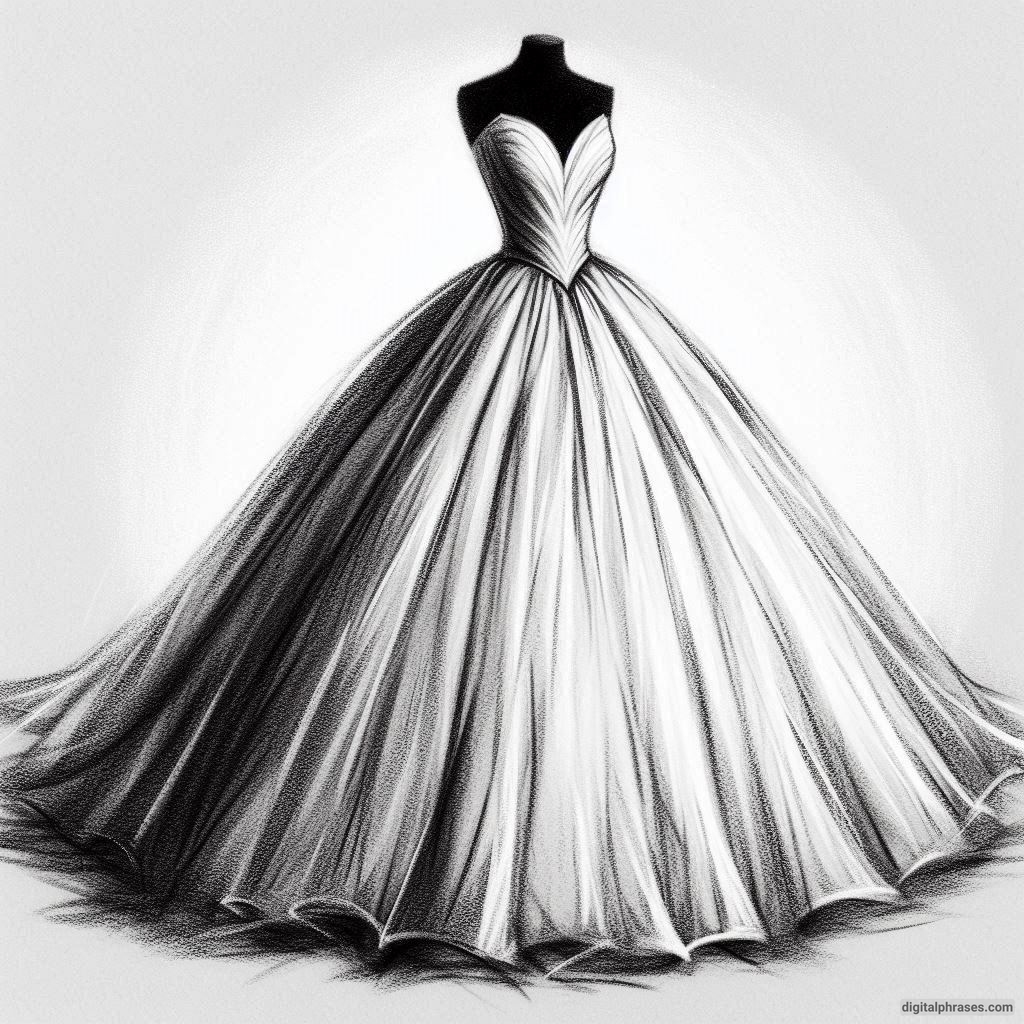
3

4
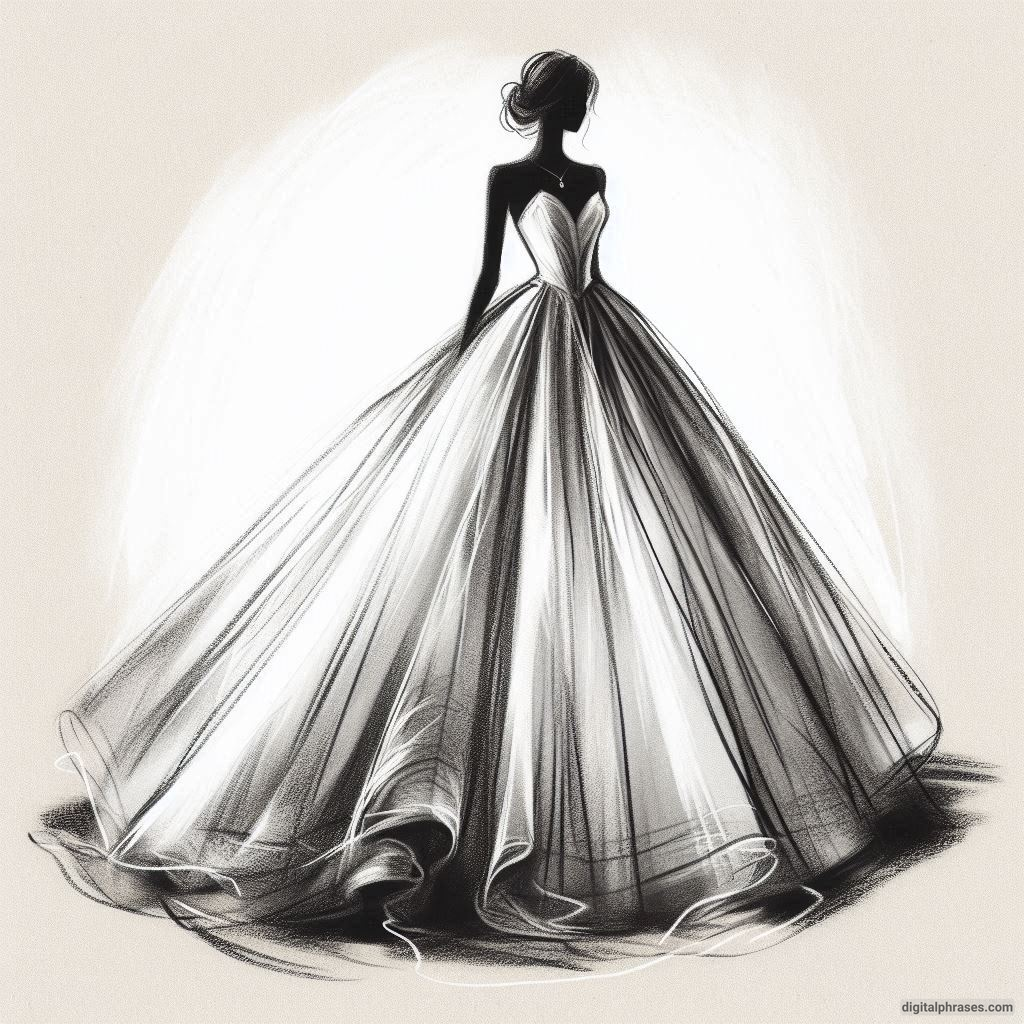
5
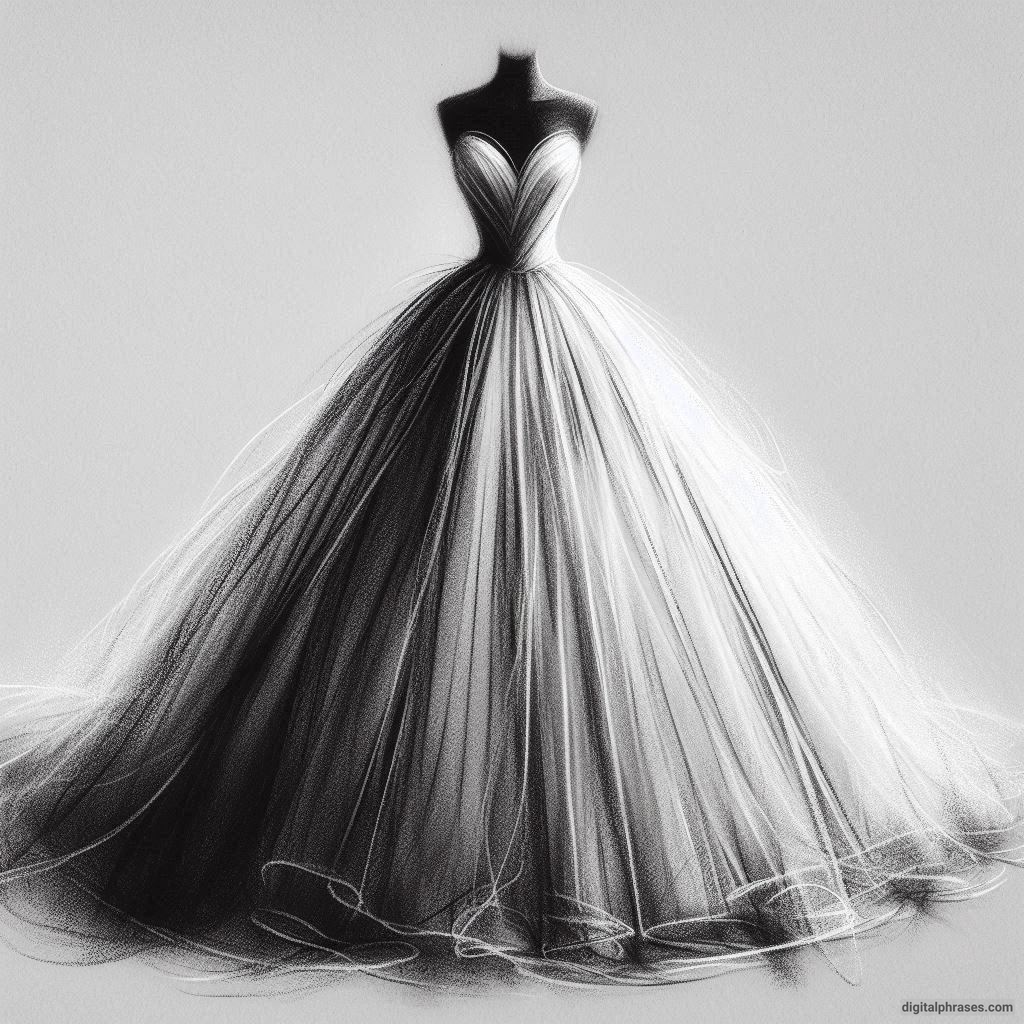
6
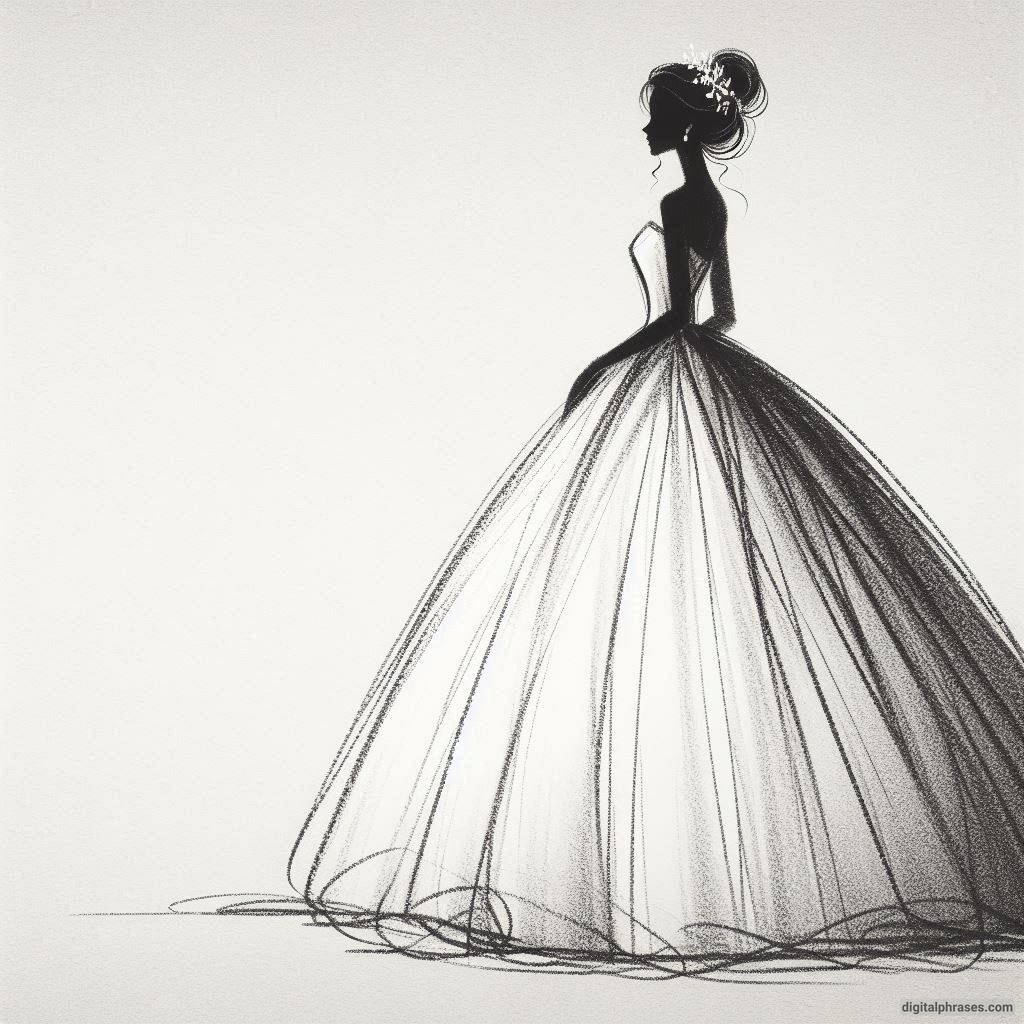
7
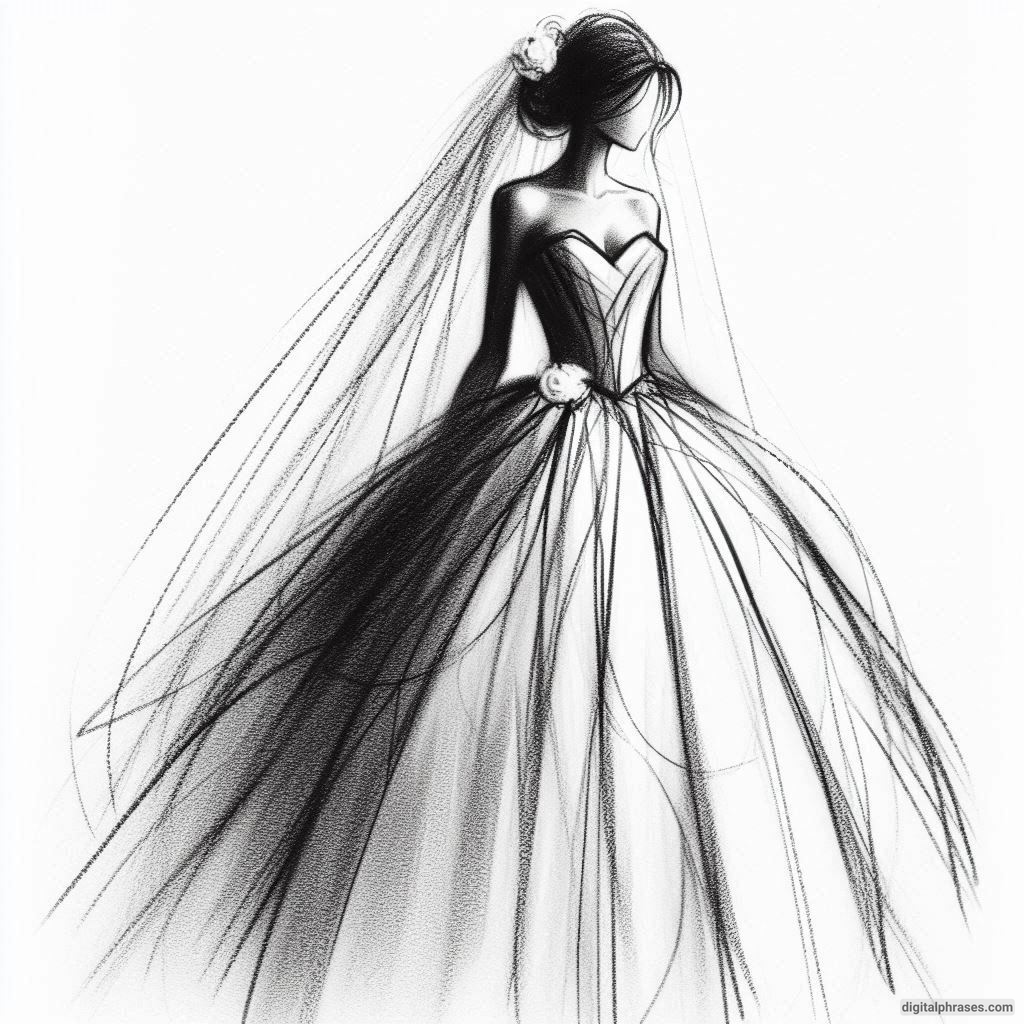
8
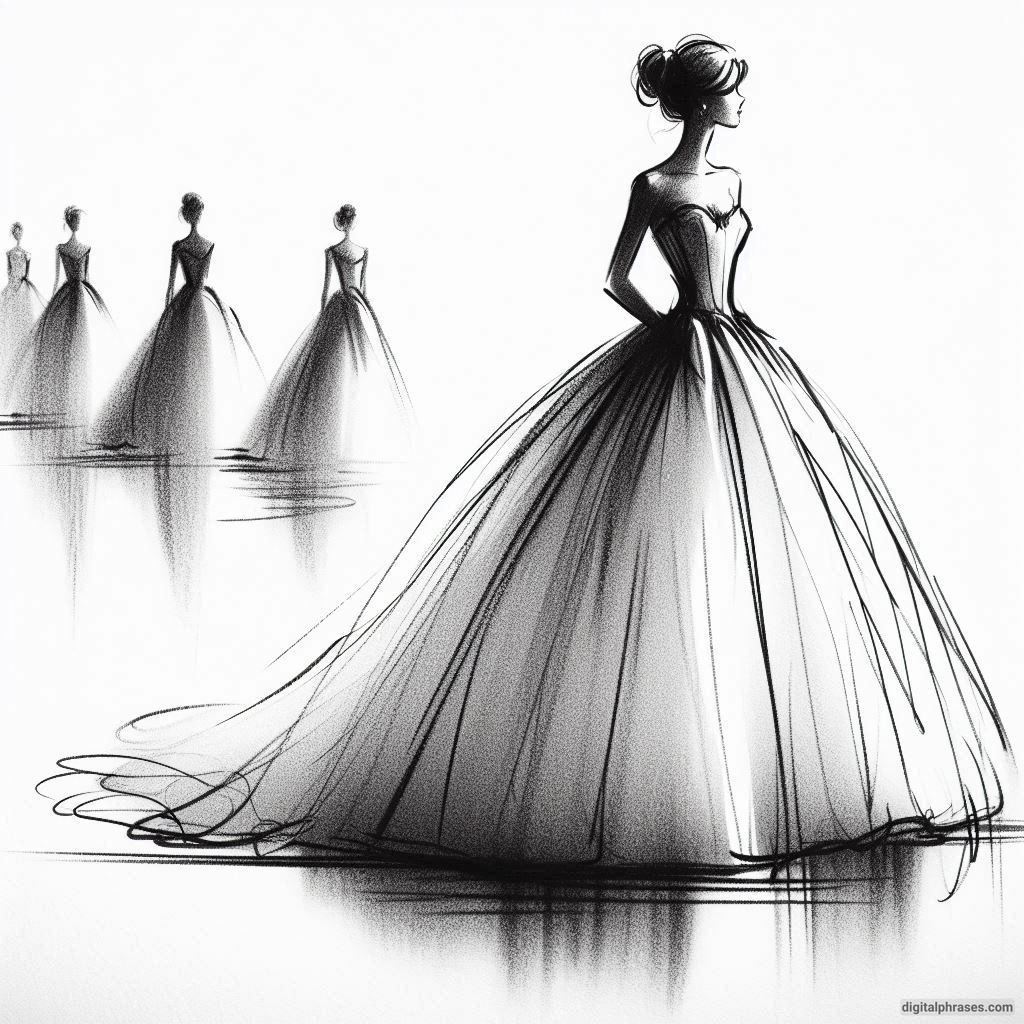
9

10
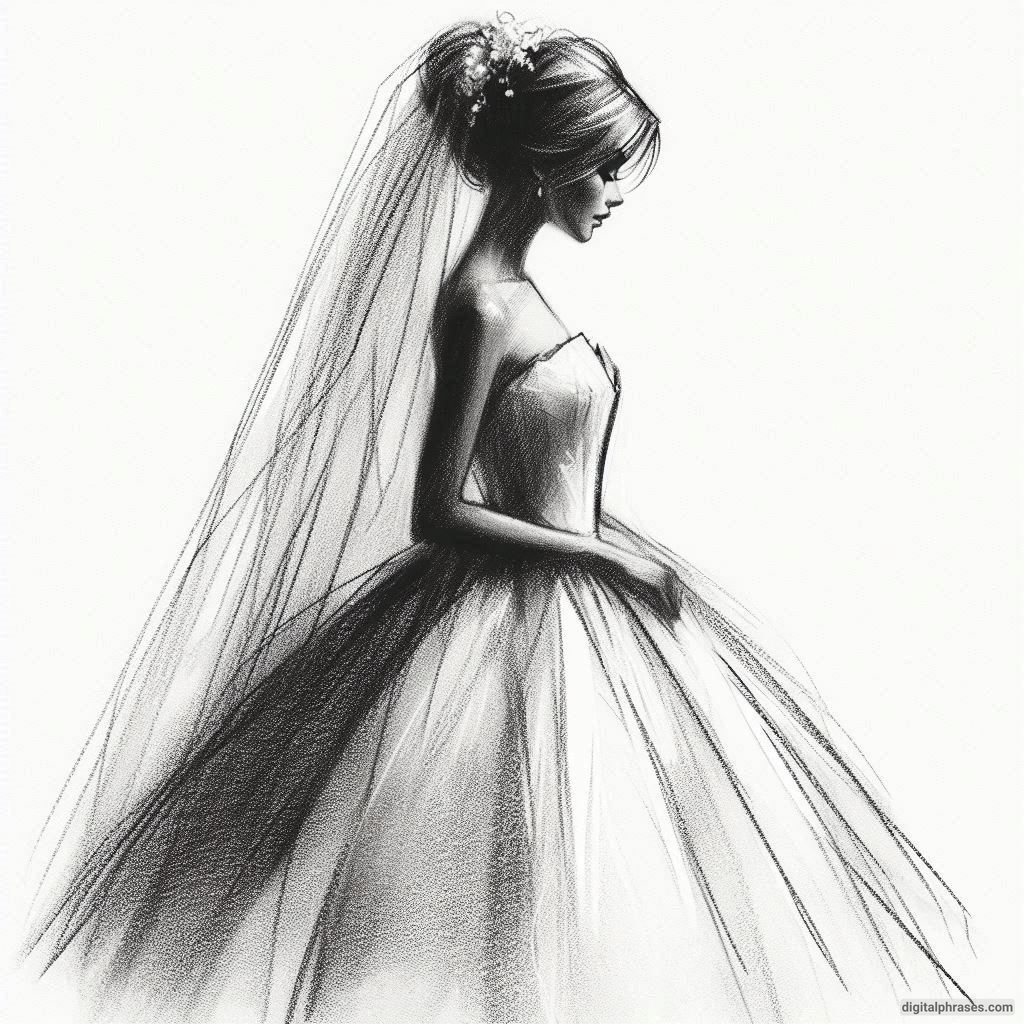
Cartoon Wedding Dress Drawing Ideas
1
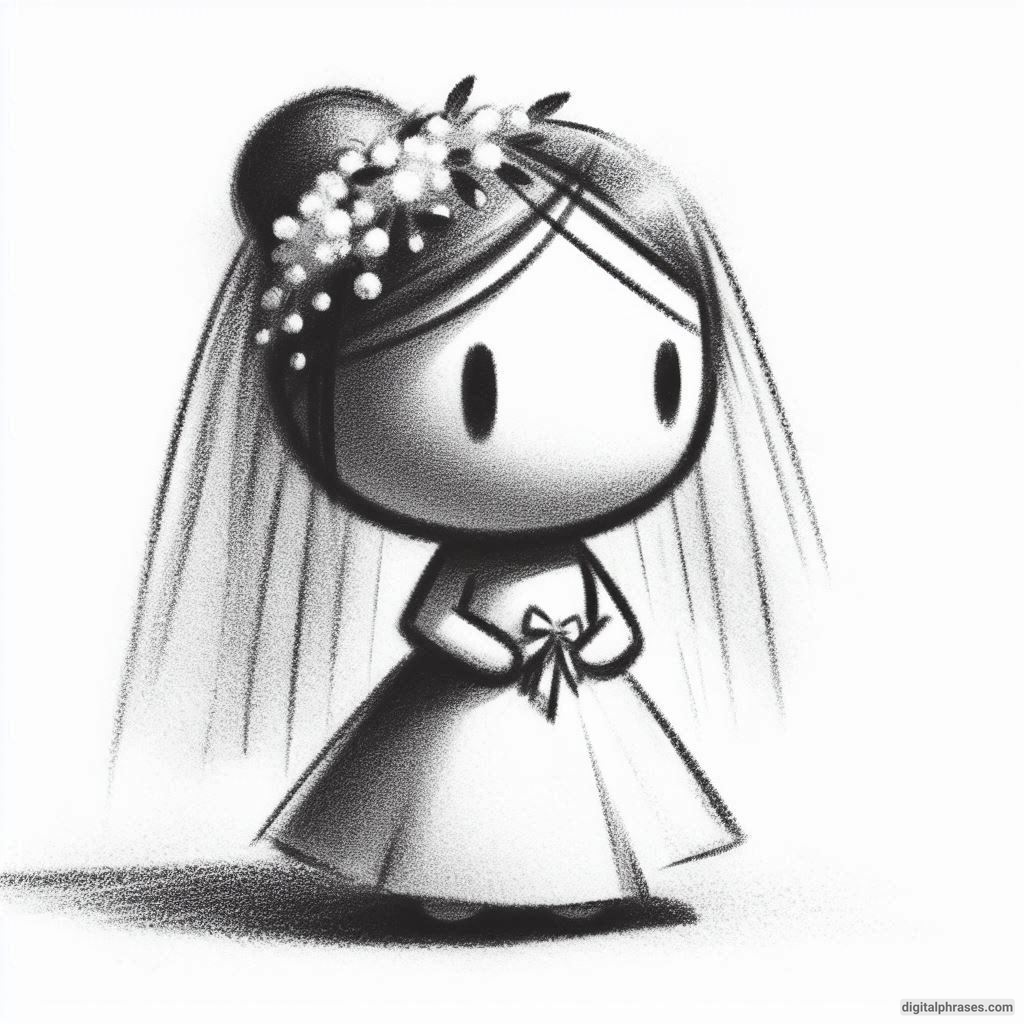
2
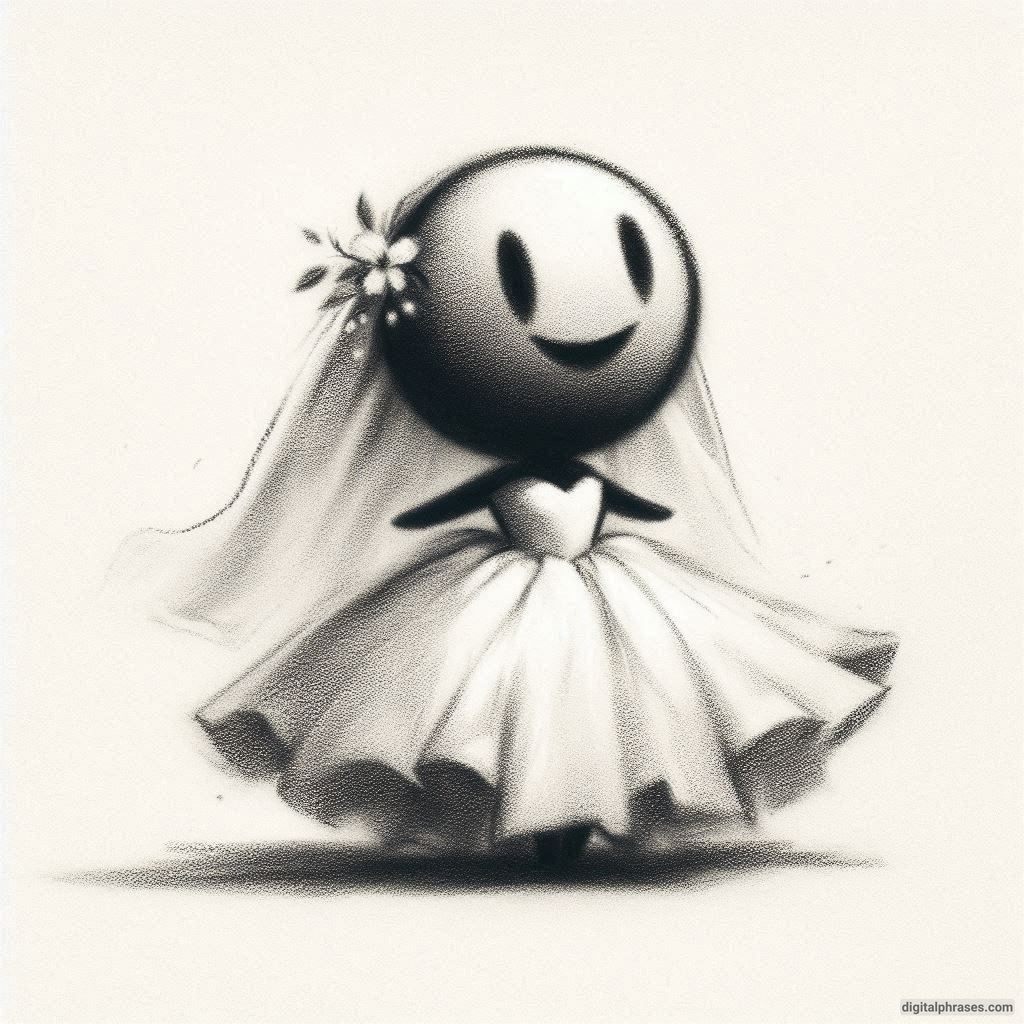
3

4
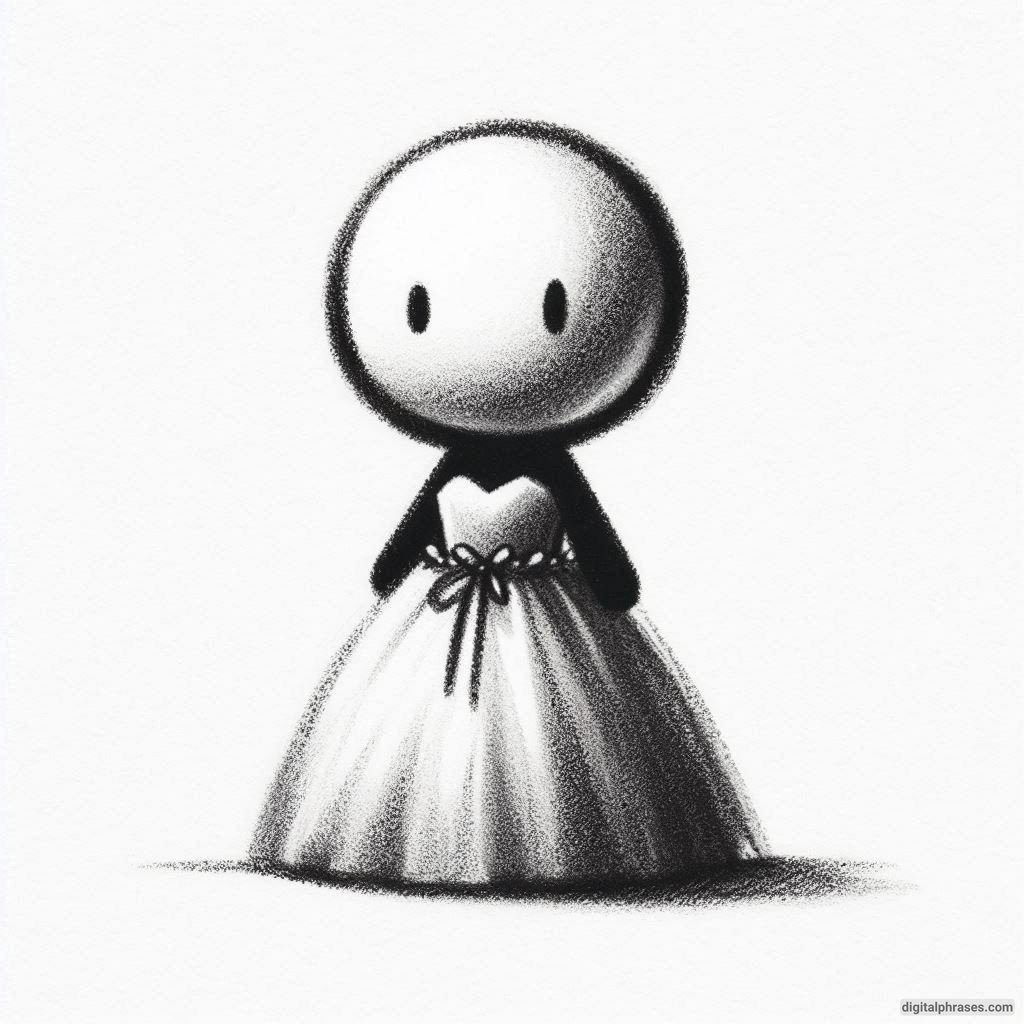
5
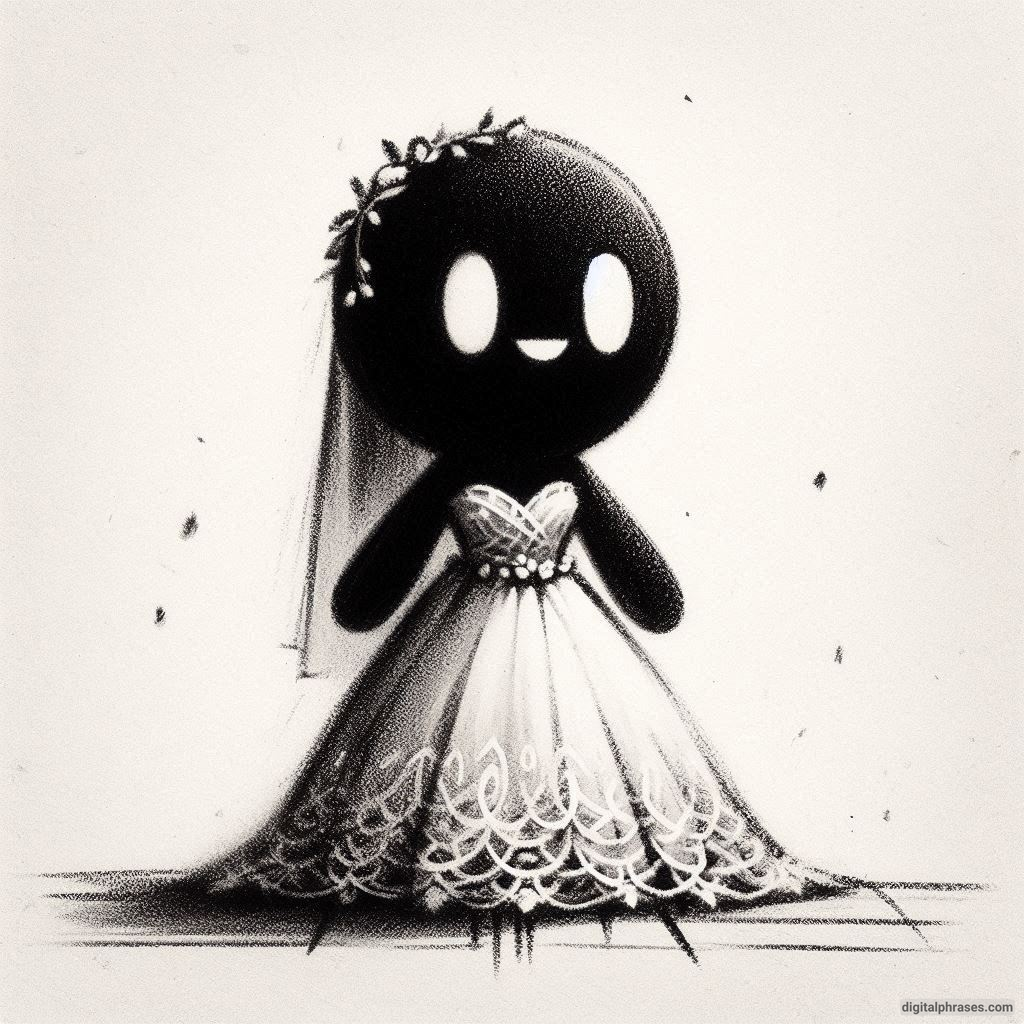
6
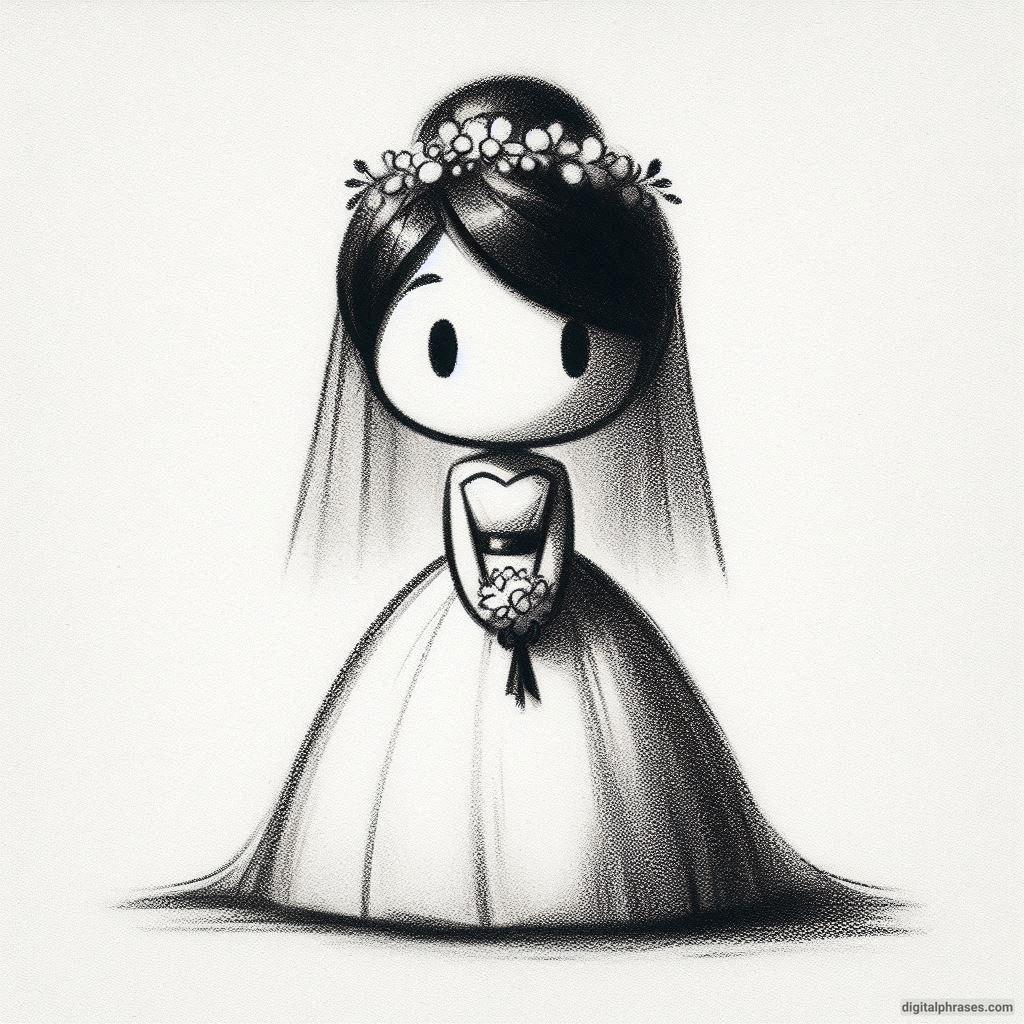
7
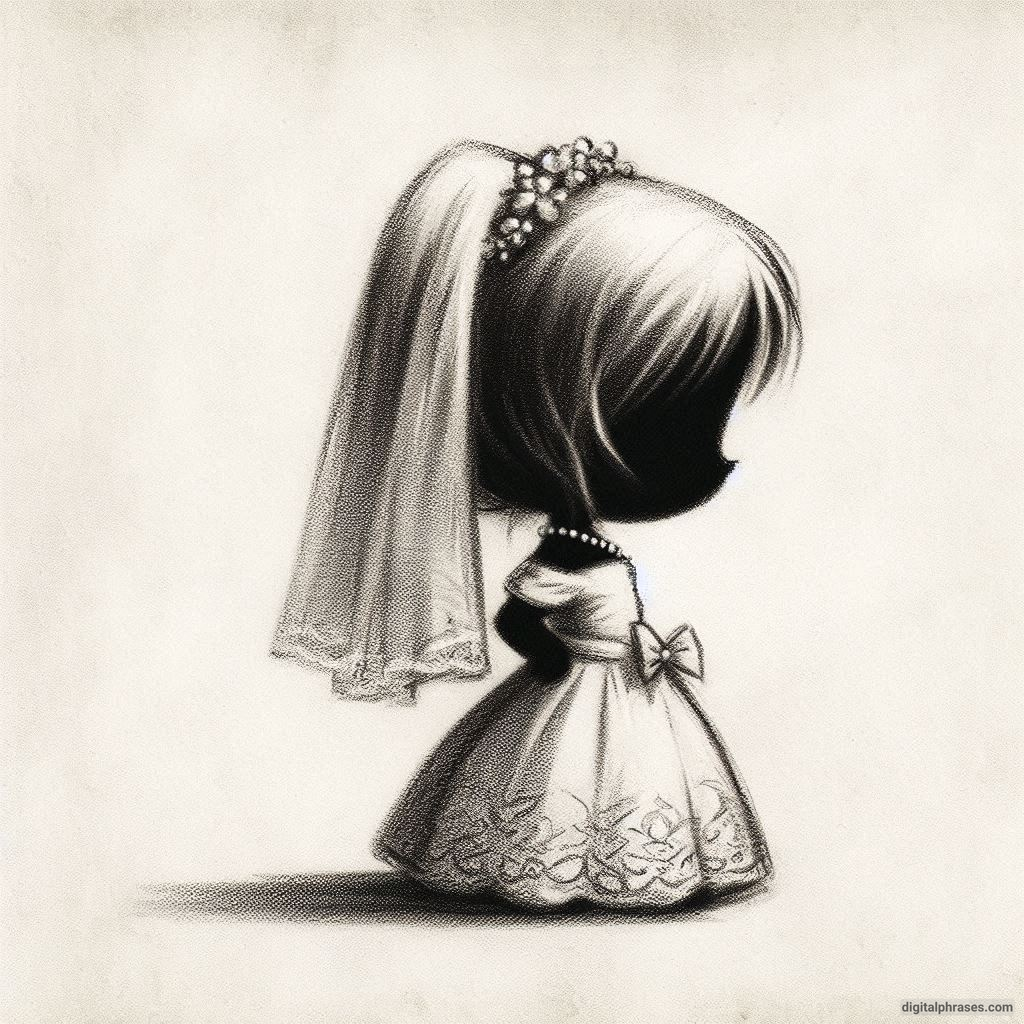
8
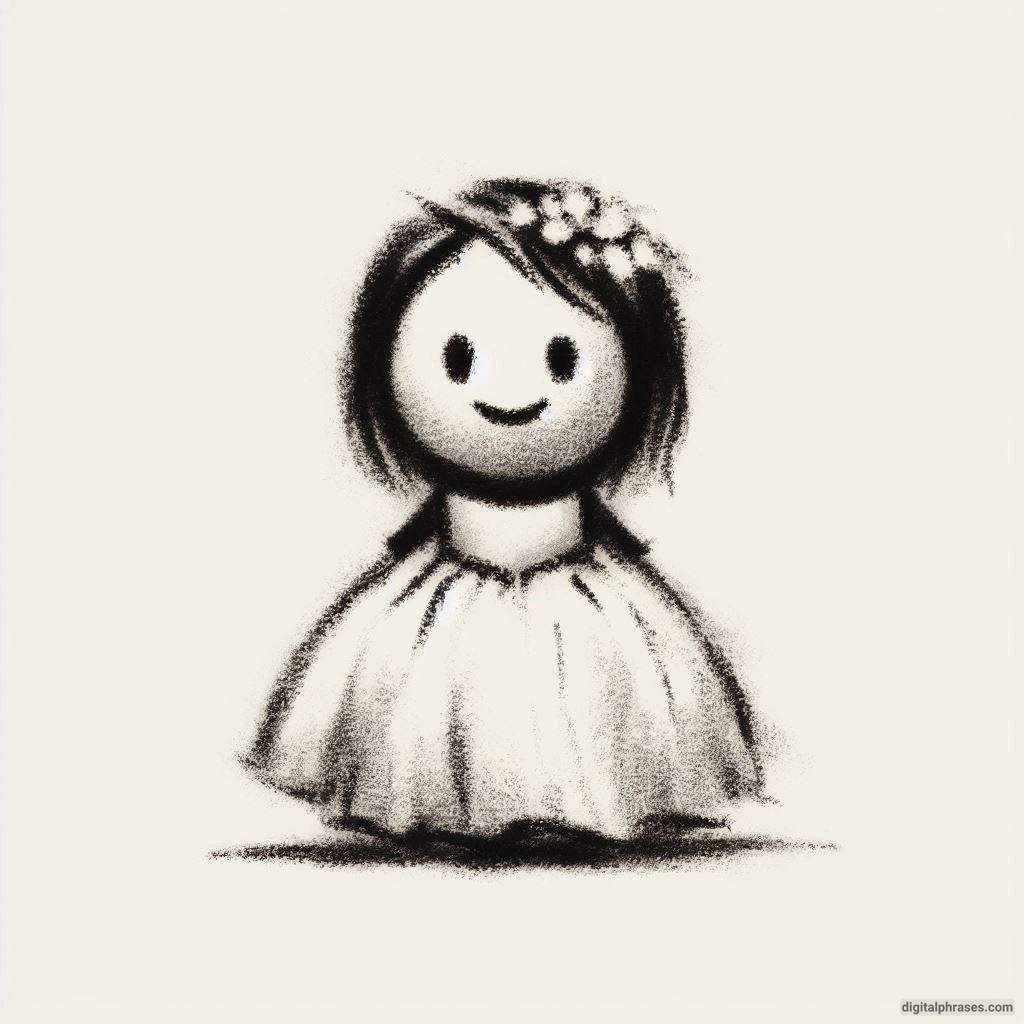
9
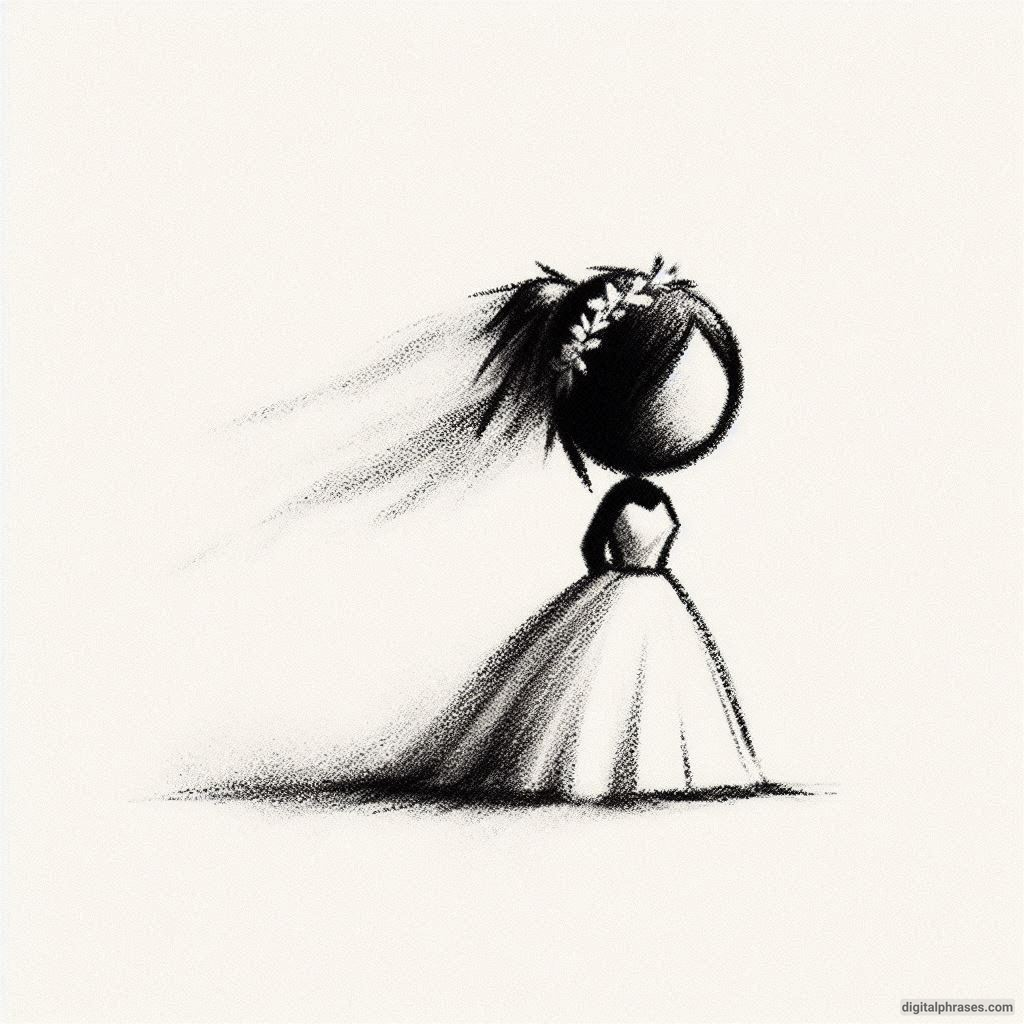
10
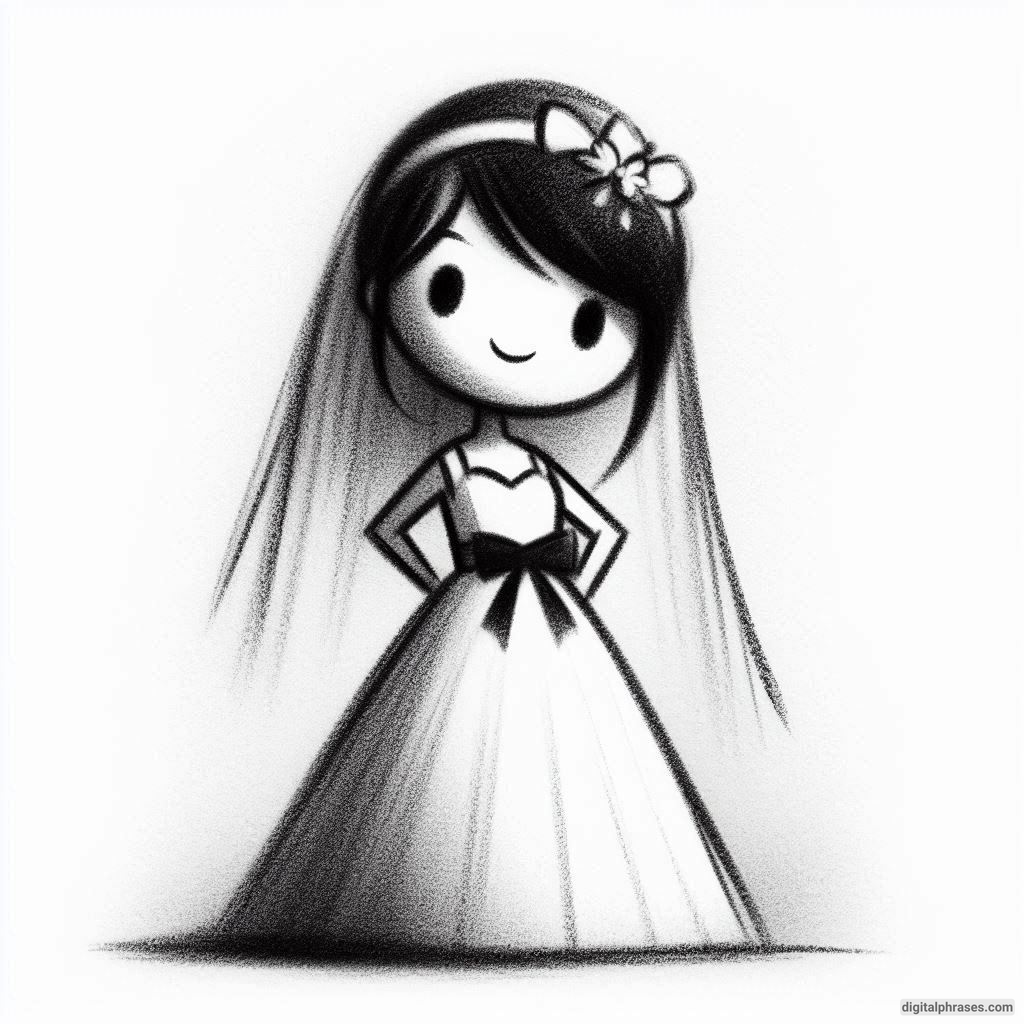
Indian Wedding Dress Drawing Ideas
1

2
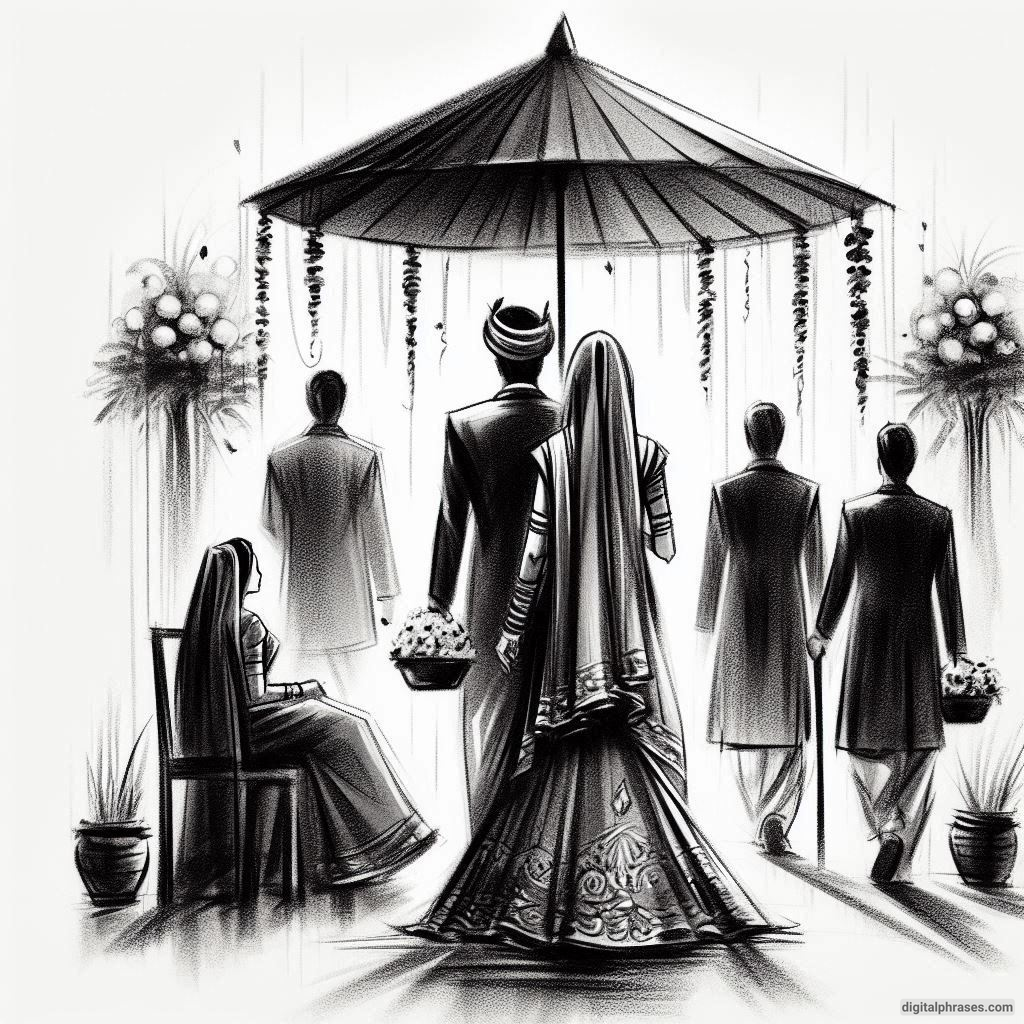
3
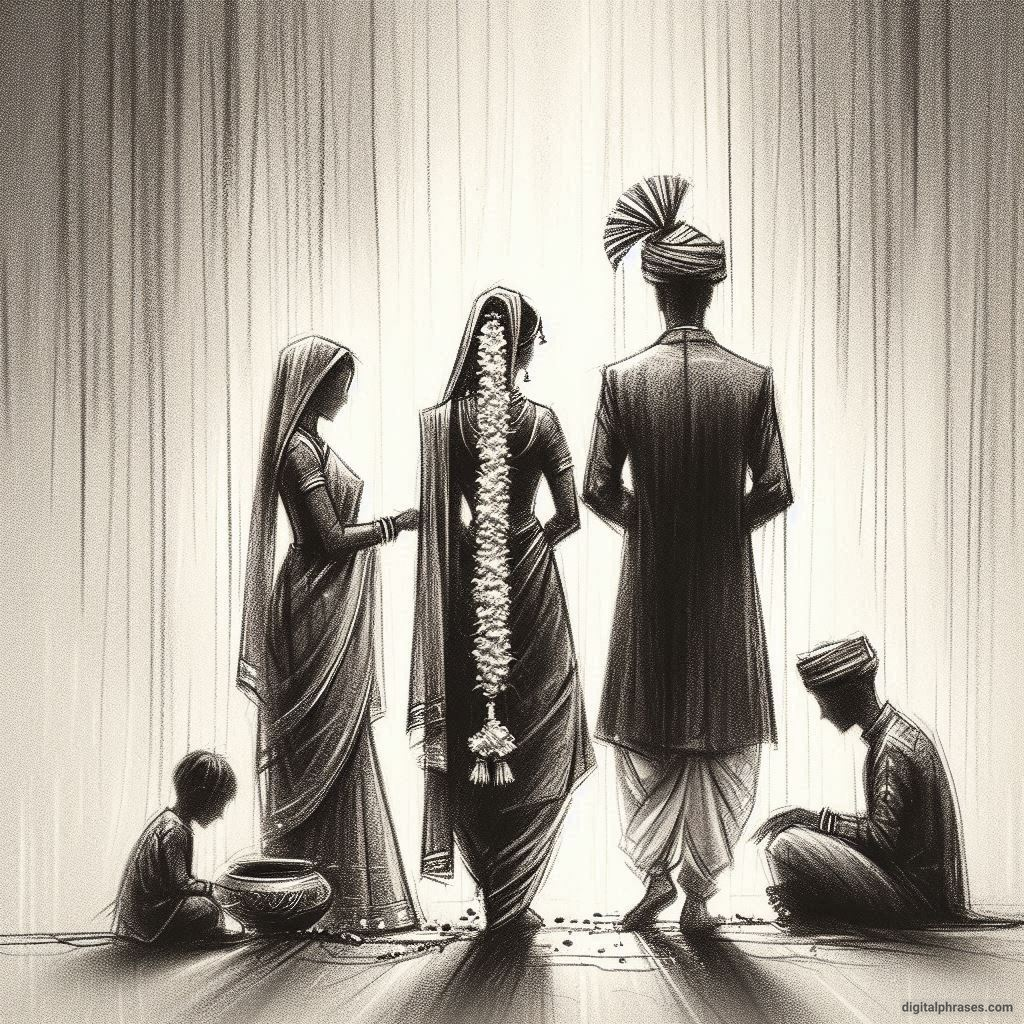
4
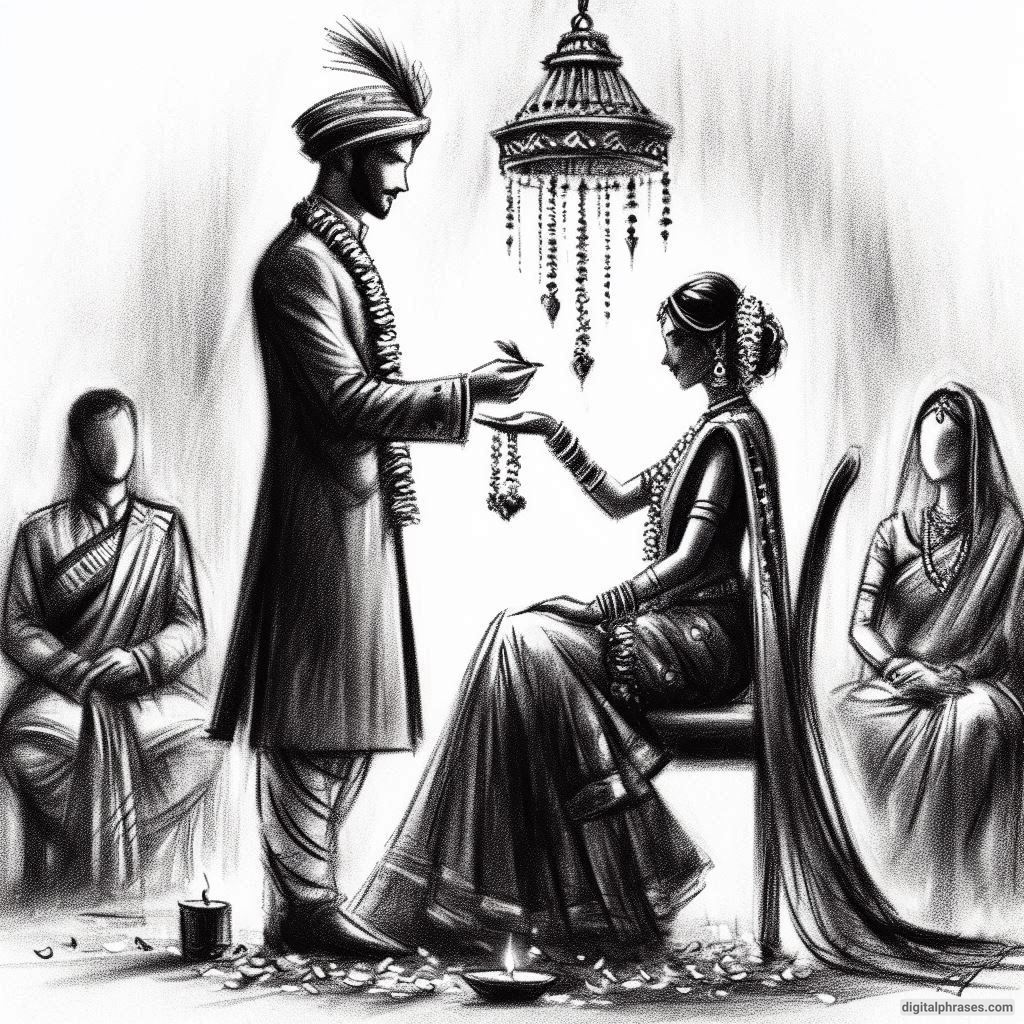
5
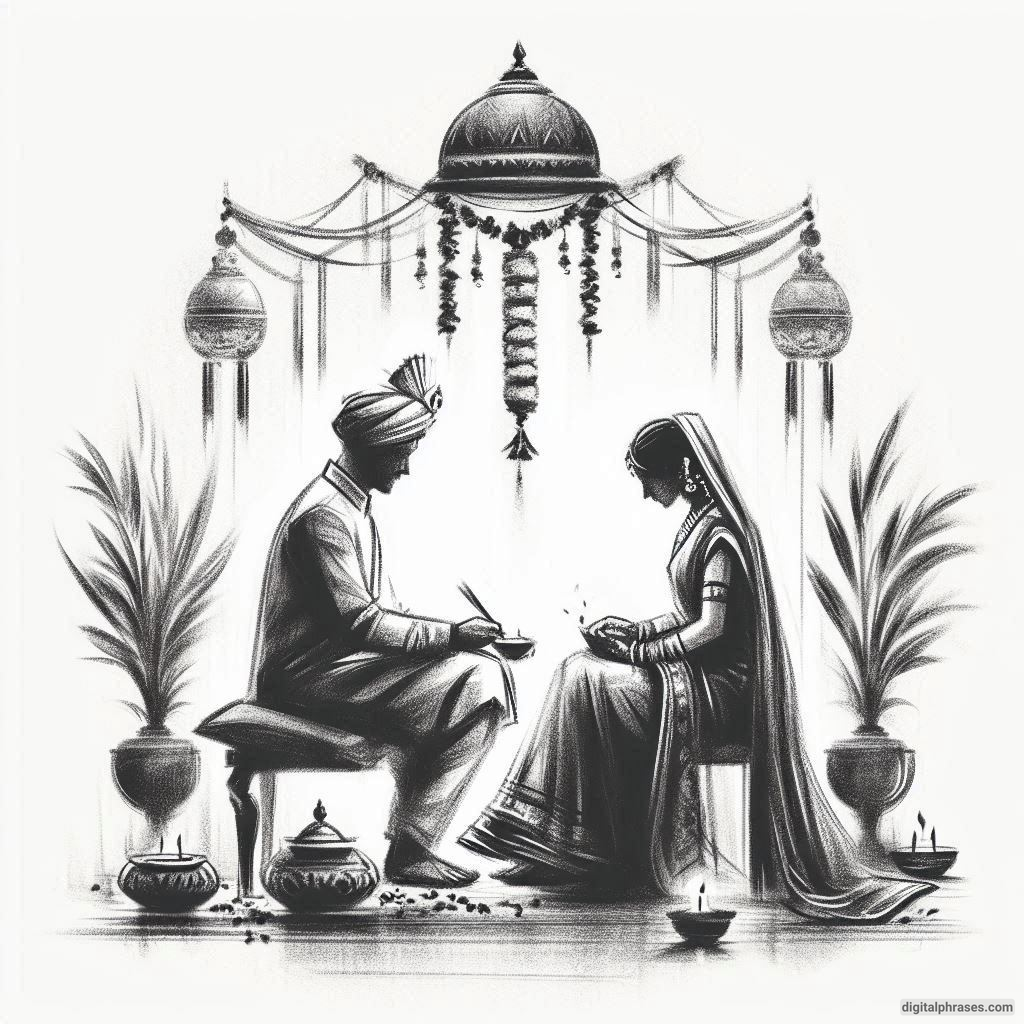
6
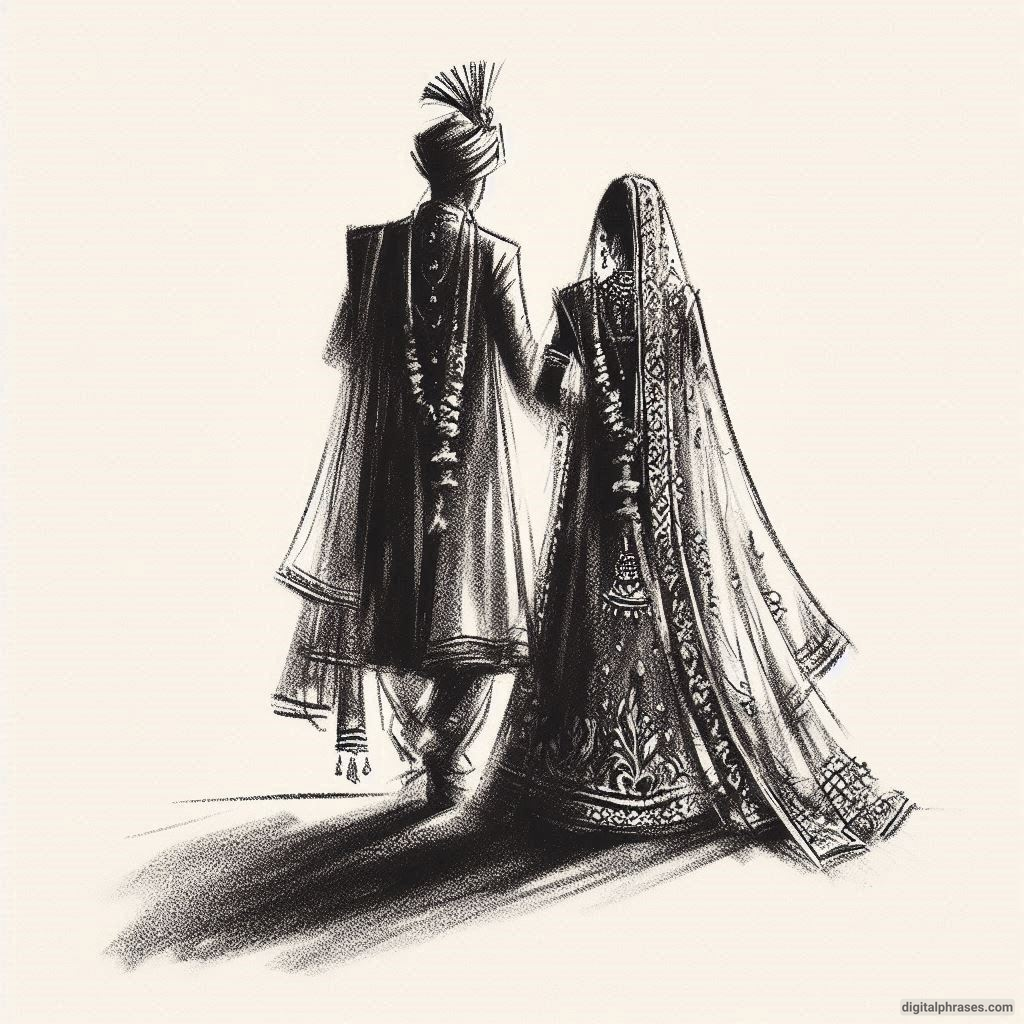
7

8
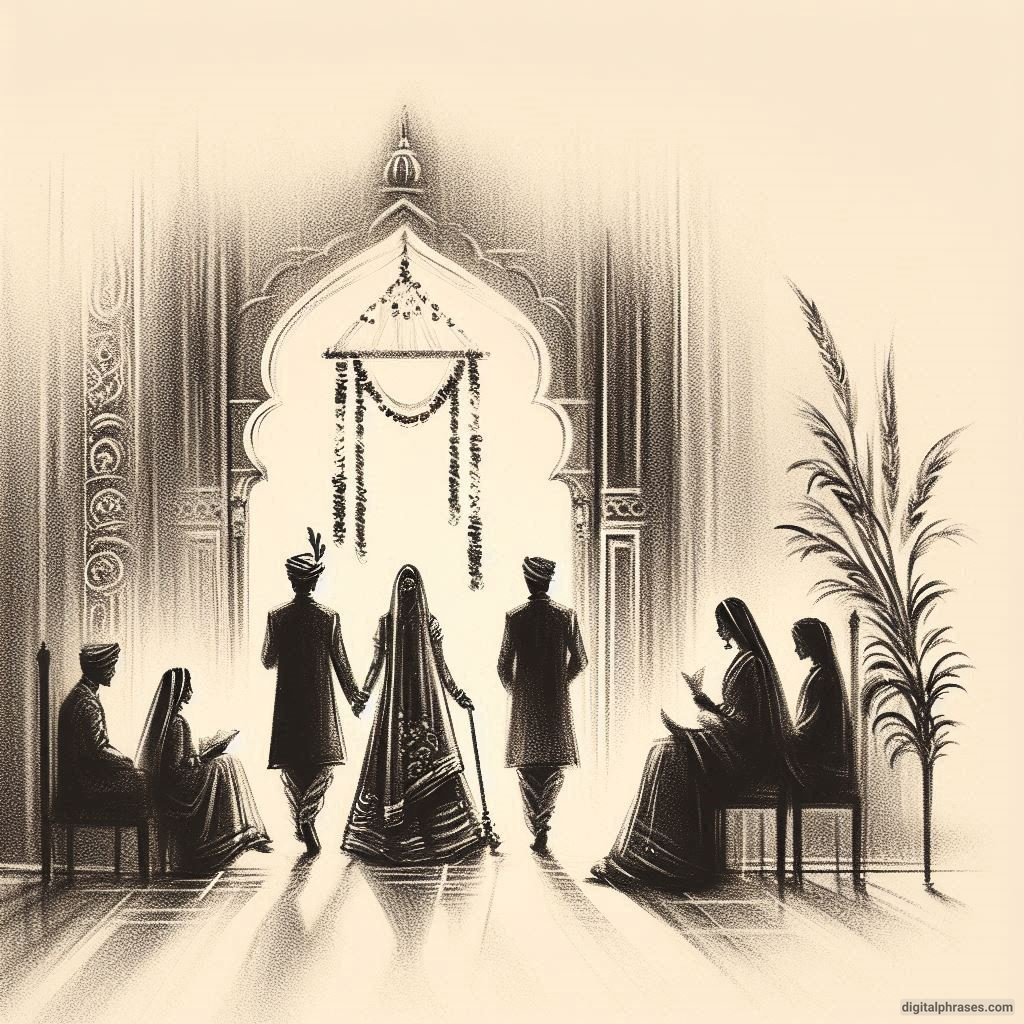
9
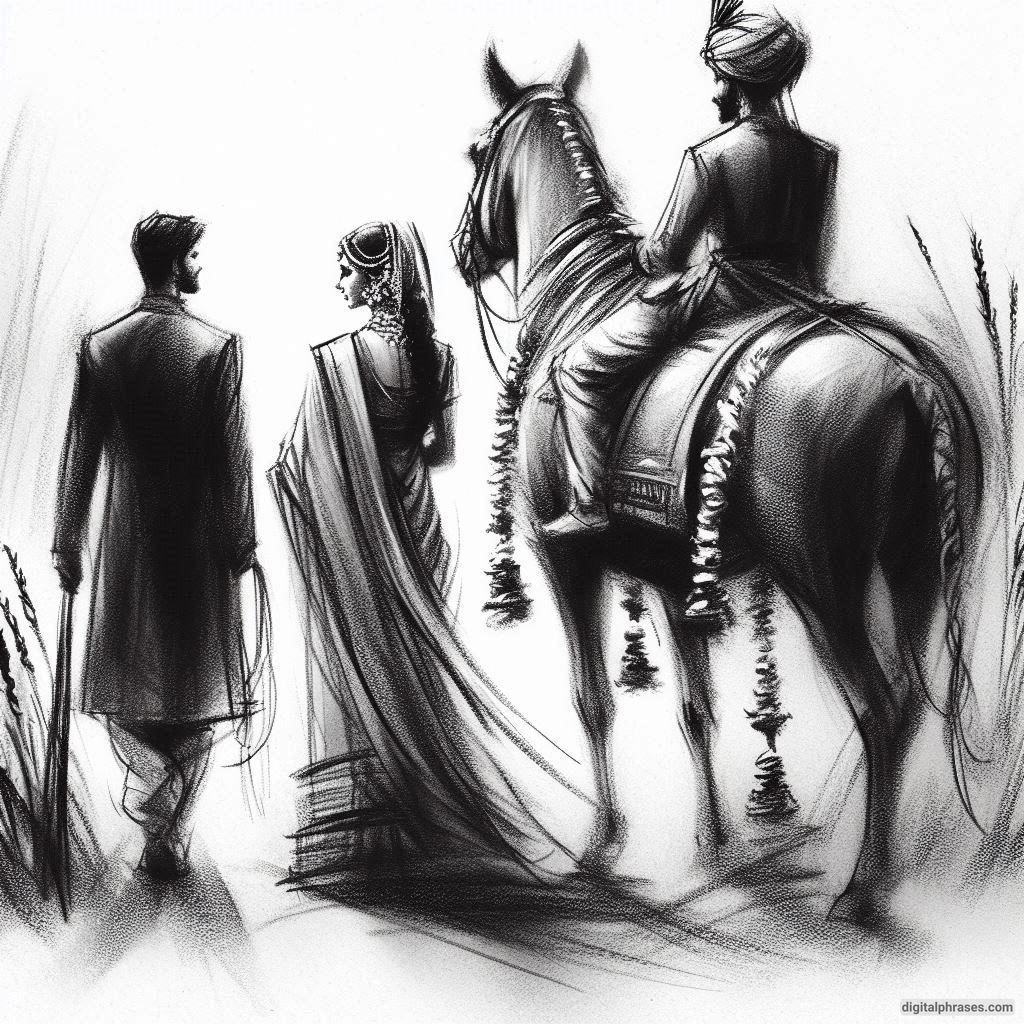
10
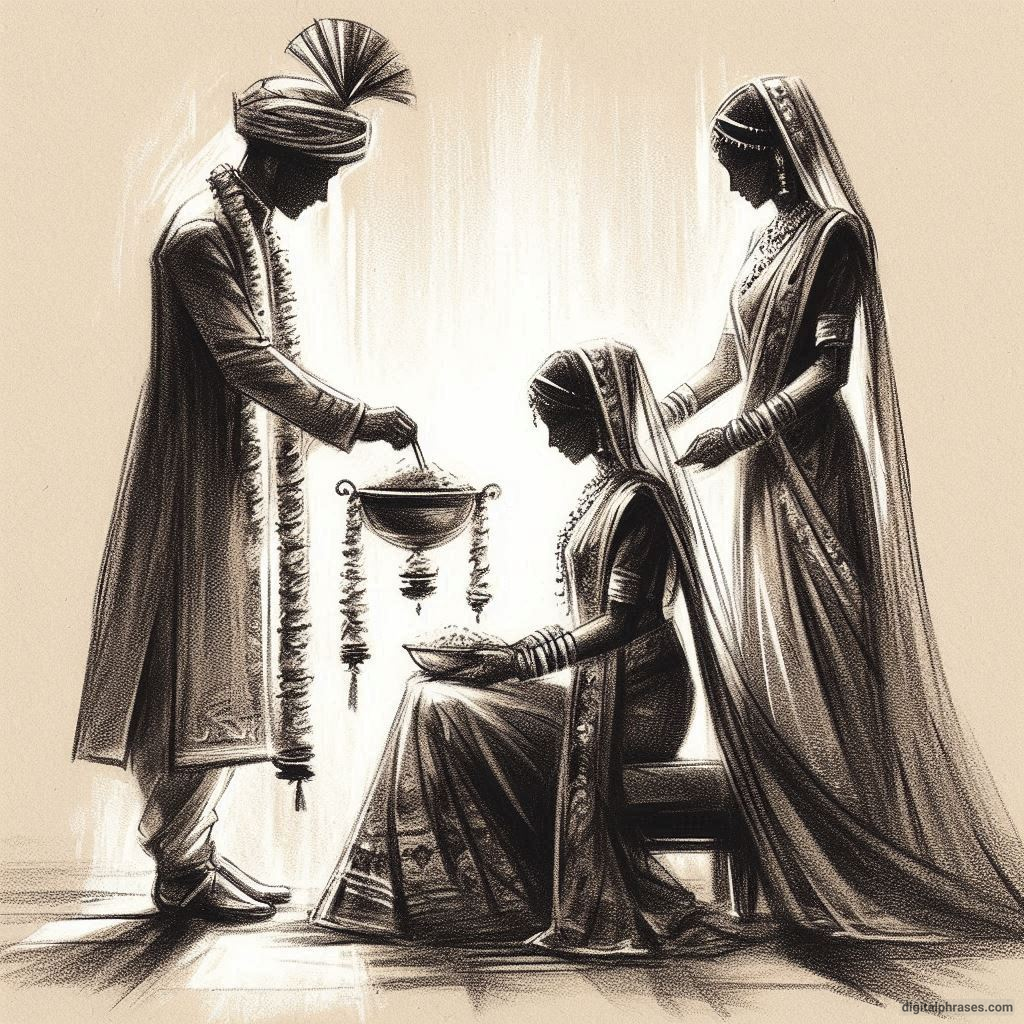
Things To Keep in Mind While Drawing These Wedding Dresses
1. Start with a Good Silhouette—Avoid the Cupcake Trap
Listen, I love cupcakes. I think I could live off of cupcakes. But not every wedding dress should look like one. When I first started drawing dresses, every single one of them turned into what can only be described as a dessert-inspired fiasco. Puffy skirt? Check. Puffy sleeves? Check. Puffy everything? Double check. My early drawings looked like I’d raided a bakery instead of a bridal shop.
So, here’s the thing: start with a clean, elegant silhouette. Whether you’re going for a classic A-line, a slinky mermaid cut, or a full-on ball gown, think about how the dress moves. The silhouette sets the entire mood for the dress. If you get that right, you’ve already avoided the puffy-sleeve, cupcake catastrophe (unless you’re really into that aesthetic, in which case, no judgment—but I hope you love frosting).
2. Be Honest About Fabric – Satin or Shower Curtain?
I’ll admit, my first few attempts at drawing satin looked more like a tarp someone had hastily thrown over a lawn chair. Drawing fabric is hard, especially when you’re trying to make it look like satin, lace, or chiffon, and not like the dress is made from last year’s pool cover. The key here is paying attention to how fabric flows, creases, and gathers. Satin, for example, has a smooth, reflective quality—it should look like it’s draping in a silky, almost liquid way.
One trick I use is to look at real wedding dresses and observe how the fabric behaves. It sounds fancy, but really, I just spend too much time on Pinterest, trying not to cry about how expensive everything is. Anyway, the point is: study fabric. You can even crumple up a napkin (a fancy one if you’re feeling elegant) and use it as a reference for folds and drapes. Avoid drawing something that resembles a stiff shower curtain unless, of course, that’s part of the look you’re going for—because hey, avant-garde is a thing!
3. The Tricky World of Lace: Drawing or Scribbling?
Ah, lace. The delicate, intricate fabric that looks stunning in real life and, when I try to draw it, ends up looking like a swarm of aggressive ants. Drawing lace is like trying to illustrate a spider web with a shaky hand while blindfolded. But it’s totally doable—if you accept the fact that, for the first few attempts, it may look more like a bunch of random squiggles than fine, detailed embroidery.
The trick is to suggest lace without feeling like you need to draw every single tiny loop. Focus on the general shapes and patterns that lace forms—floral motifs, swirls, and curves—without getting bogged down in too much detail. I’ve found that a few strategic scribbles can do wonders. Seriously, squiggles are your friends. Just say, “It’s abstract lace,” and nobody will question it.
4. Proportions: You’re Drawing a Bride, Not a Stick Figure
I hate to break it to you, but unless you’re in the middle of a Picasso-inspired phase, your bride probably needs more than stick arms and legs. Proportions can be a little tricky to get right, especially if you’re like me and often find yourself accidentally giving your bride cartoonishly large heads or feet the size of canoes.
Here’s a tip: start with a basic figure sketch that’s proportional before you even think about the dress. I’ve found that drawing a model first (and by “model,” I mean something that vaguely resembles a human being) gives me a much better foundation for the dress. If you try to go straight to the gown without a body underneath, you might end up with a dress that looks like it’s floating in a vacuum, which—while spooky and cool—probably isn’t the vibe you’re going for.
5. The Details: Buttons, Beads, and Bedazzling
Ah, the details. They’re what take a dress from “meh” to “wow,” but they can also turn your drawing into a hot mess if you’re not careful. The first time I tried drawing a beaded bodice, it looked like my bride had rolled around in a pile of confetti. Not the elegant look I was going for.
When it comes to buttons, beads, or—heaven help us—bedazzling, less is often more. You want to suggest detail without going full-on “craft store exploded on this dress.” Draw a few carefully placed beads or buttons, and let the viewer’s imagination fill in the rest. If you’re feeling ambitious, you can try drawing embroidery, but don’t be surprised if it looks more like spaghetti on your first go. Hey, spaghetti-inspired wedding dresses might catch on someday, right?
6. Remember: Brides Need to Move!
While we’re talking about drawing dresses, let’s not forget that brides are human beings who need to, you know, move. My early wedding dress sketches looked like they were made of concrete—great for statues, but not so great for walking, dancing, or, heaven forbid, going to the bathroom.
Make sure your dress designs allow for mobility. Think about how the skirt flows, how the bodice fits, and whether your bride is going to be able to raise her arms without ripping a seam. Pro tip: when you’re sketching a gown with a long train, consider how it would behave in real life. Is it sweeping gracefully behind the bride, or is it tripping her up like she’s stuck in a net? If it’s the latter, maybe give that train a little lift.
7. Accessorizing: Because a Veil Shouldn’t Look Like a Ghost Cape
Drawing wedding dress accessories like veils, gloves, and tiaras is super fun, but it’s also a place where things can go hilariously wrong. My first veil drawings looked more like bed sheets with eye holes cut out—perfect if your bride is getting married on Halloween, but otherwise, maybe not the best.
Veils should be delicate, wispy, and ethereal—not ominous. Try sketching them with soft, flowing lines, and don’t be afraid to let parts of the veil be semi-transparent. You’re aiming for “angelic” here, not “phantom of the opera.”
8. Shoes: The Secret Weapon (Even if You Can’t See Them)
Okay, confession time: I used to completely ignore the shoes in my wedding dress drawings. I figured, “Eh, no one’s going to see them anyway!” But here’s the thing: shoes are important, even if they’re mostly hidden. Drawing shoes can change the whole vibe of your bride. Is she a classic white stiletto kind of gal, or is she rocking sparkly sneakers under that gown? Both are valid choices, but they tell very different stories.
Also, if you skip drawing the shoes entirely, there’s a good chance your bride is going to look like she’s floating. And while I love a good magical wedding moment, “bride with no feet” might not be the aesthetic you’re going for. So, yes, give her feet. And then put some awesome shoes on them.
9. Have Fun with It! It’s Not Real Fabric, After All
Here’s my final piece of advice: relax and have fun. You’re not actually sewing this dress, so there’s no pressure if it turns out a little weird. Maybe you’ll end up drawing something utterly stunning, or maybe you’ll create a gown that looks like it belongs in an alien wedding ceremony. Either way, you’re creating something unique.
And honestly, that’s the beauty of drawing wedding dresses—you can make them as fantastical or as traditional as you want. There are no wrong answers (unless you accidentally make your bride look like a floating marshmallow, but even that has its charm).
So, grab your pencil, your paper, and maybe a cupcake (for inspiration, obviously), and get to sketching! Who knows? You might just create the next big trend in wedding fashion—or at the very least, something that makes you laugh.

